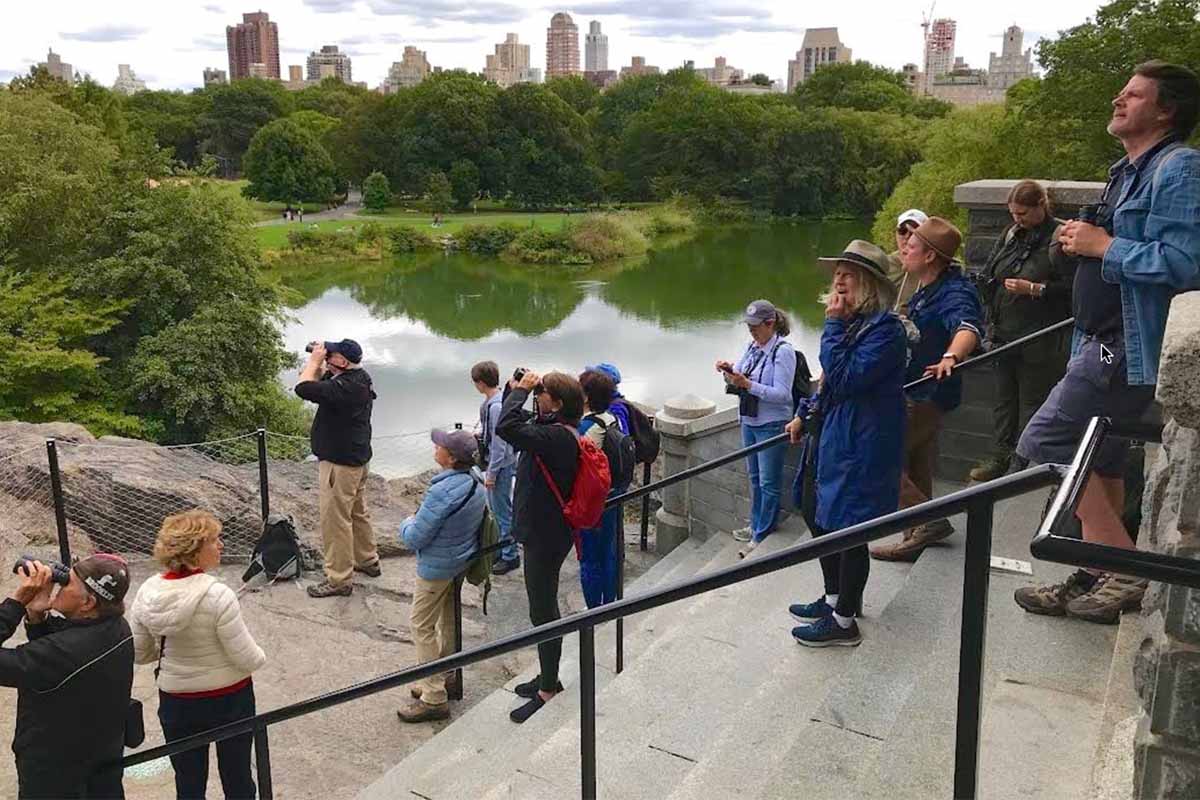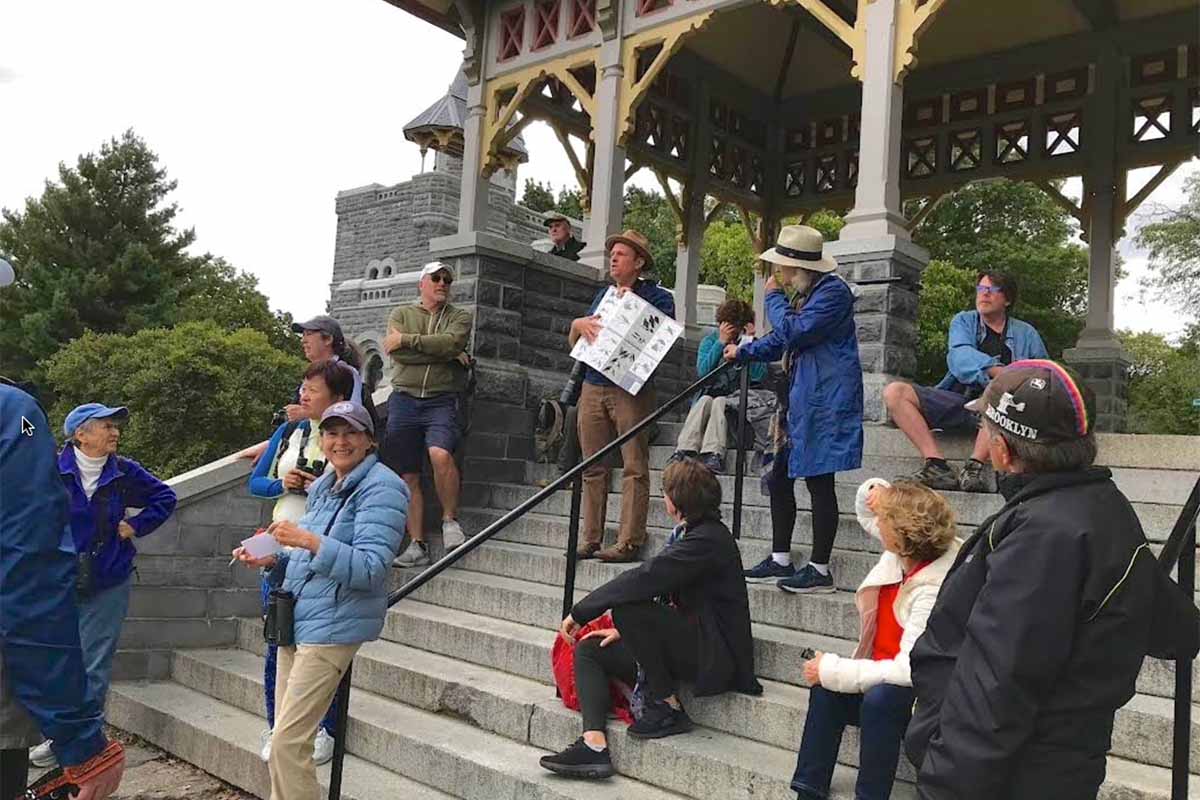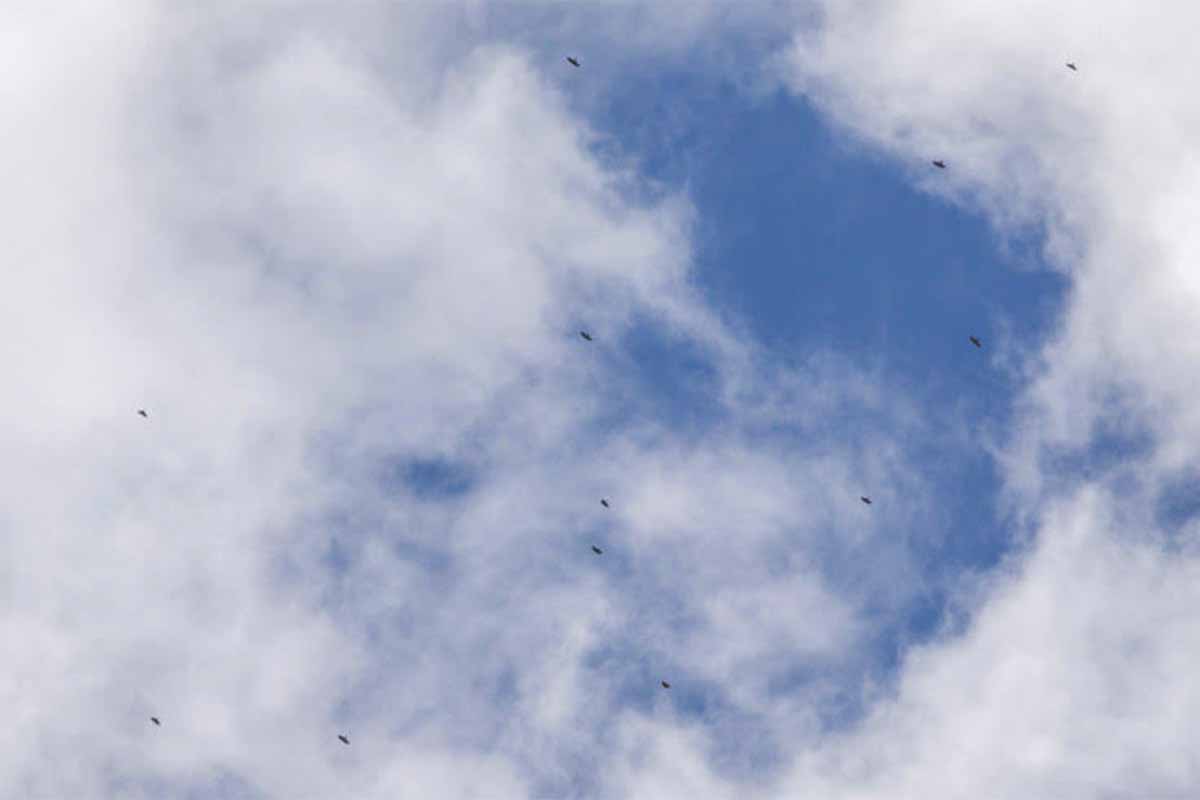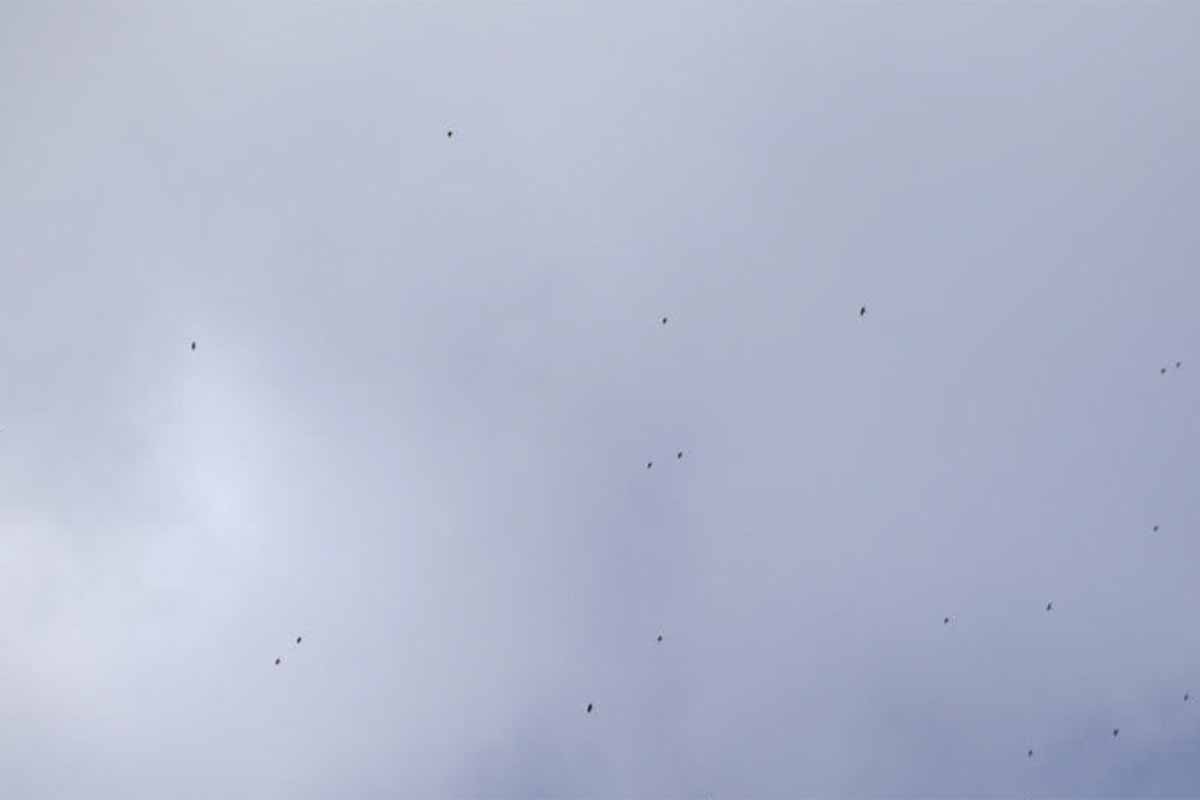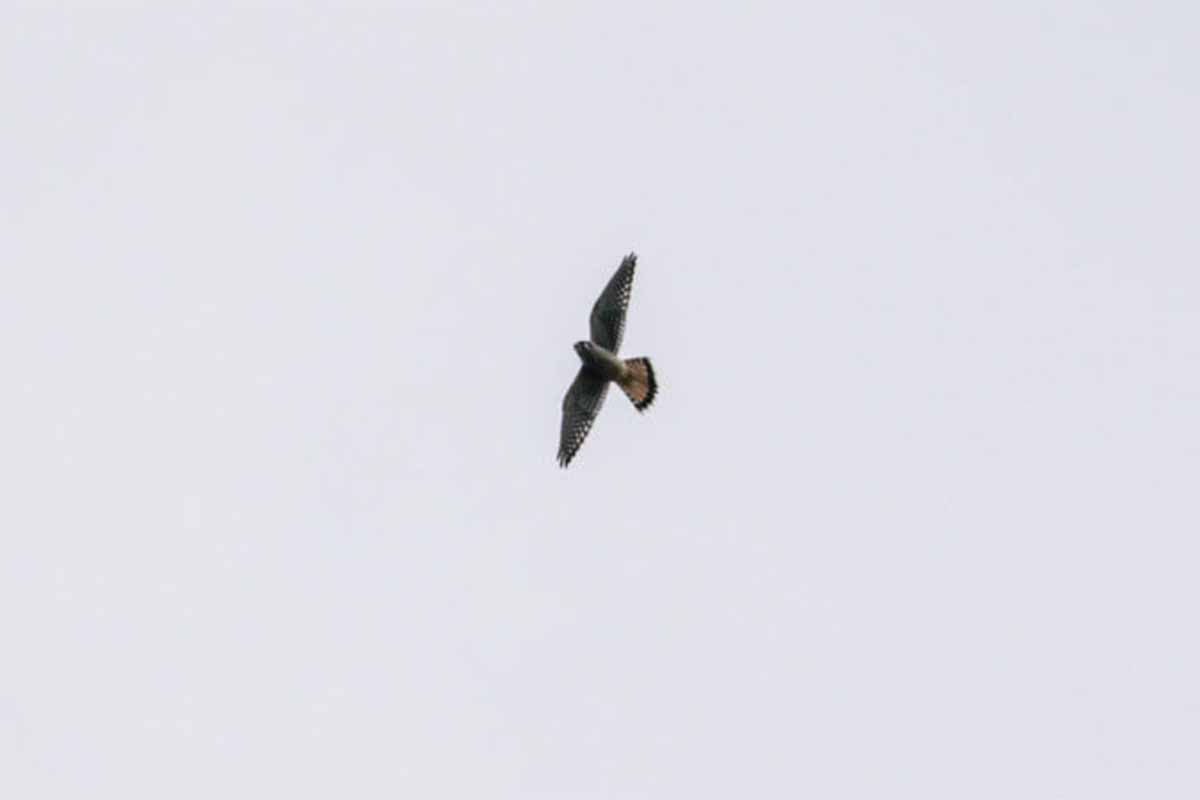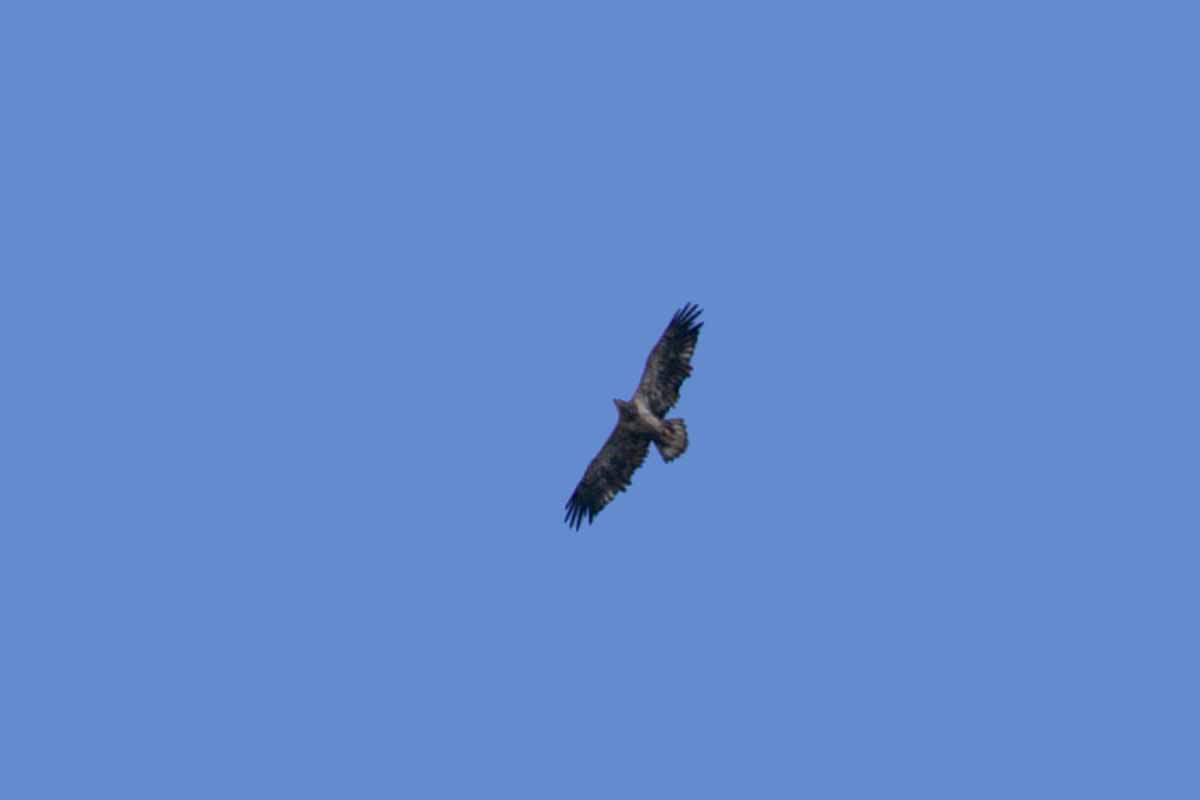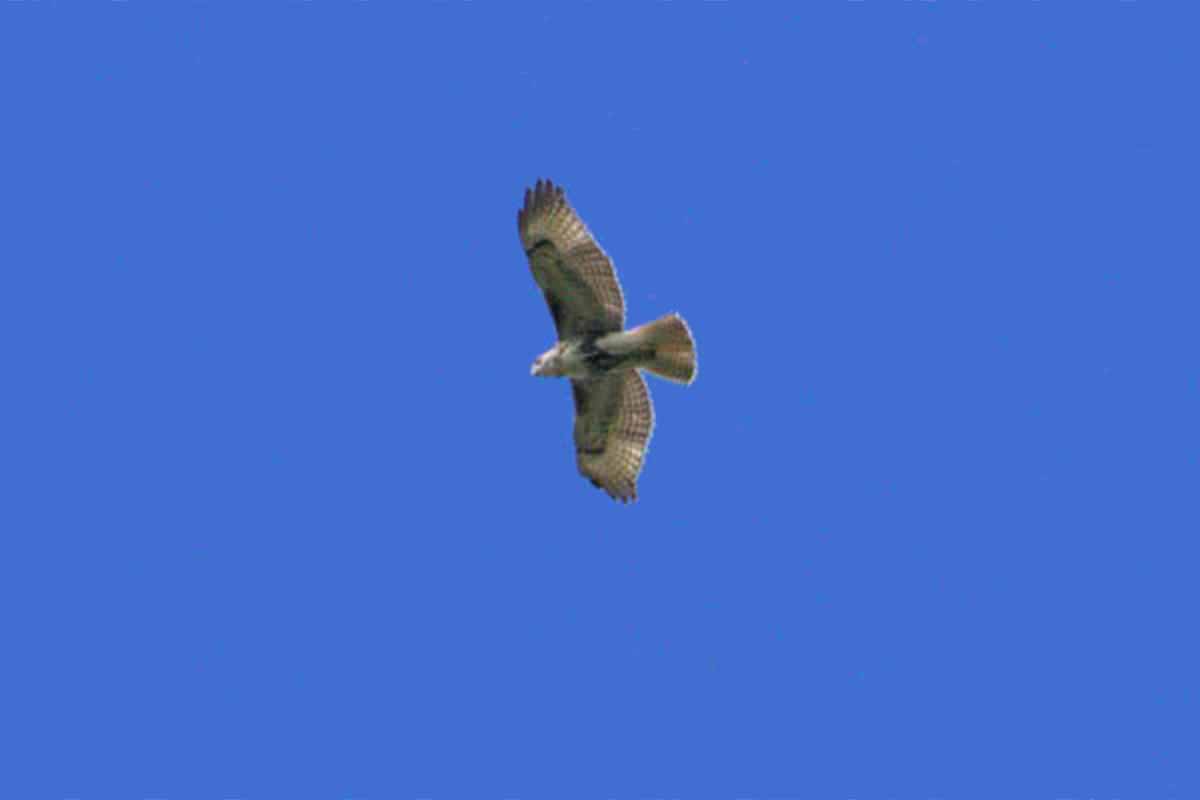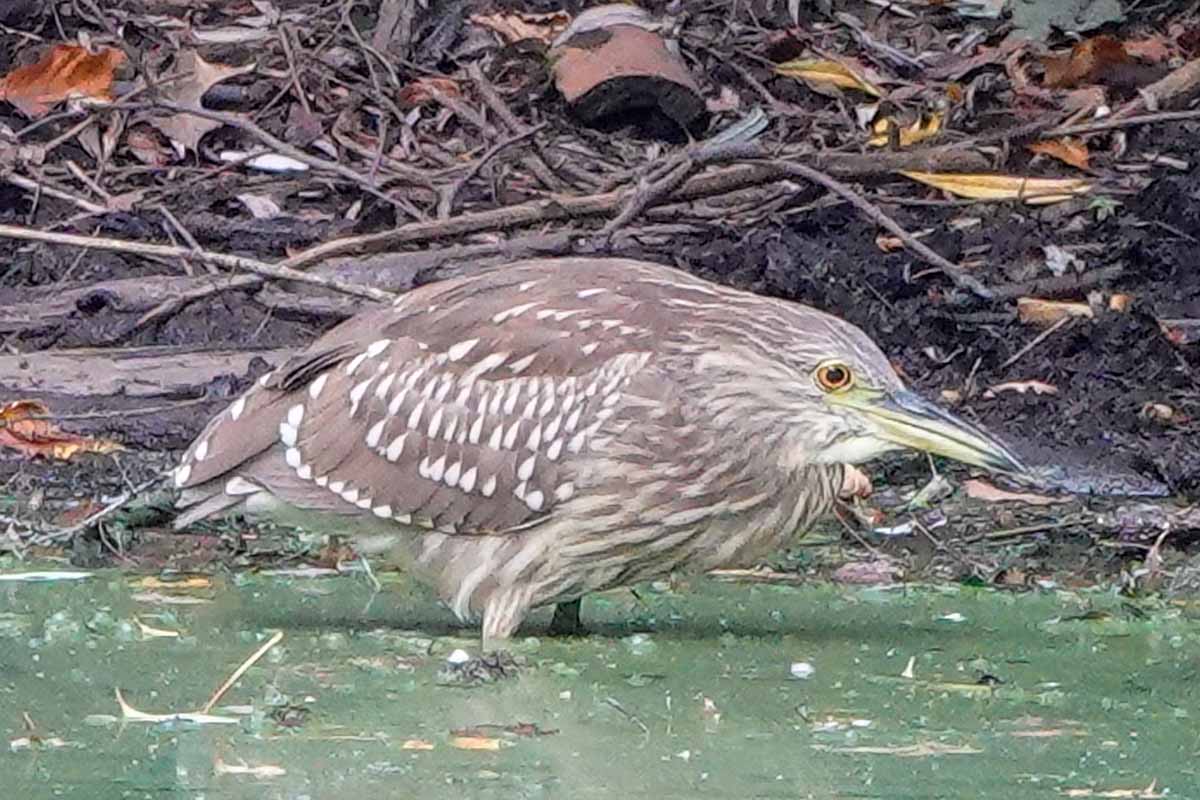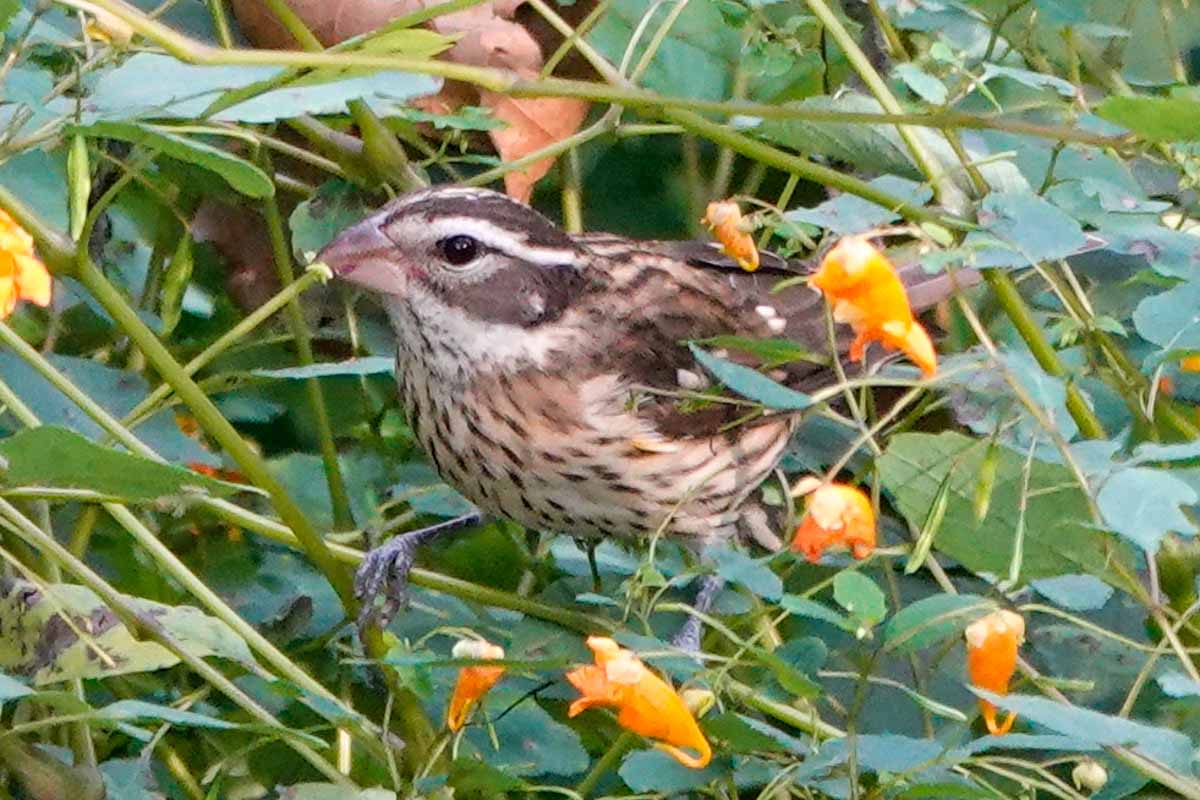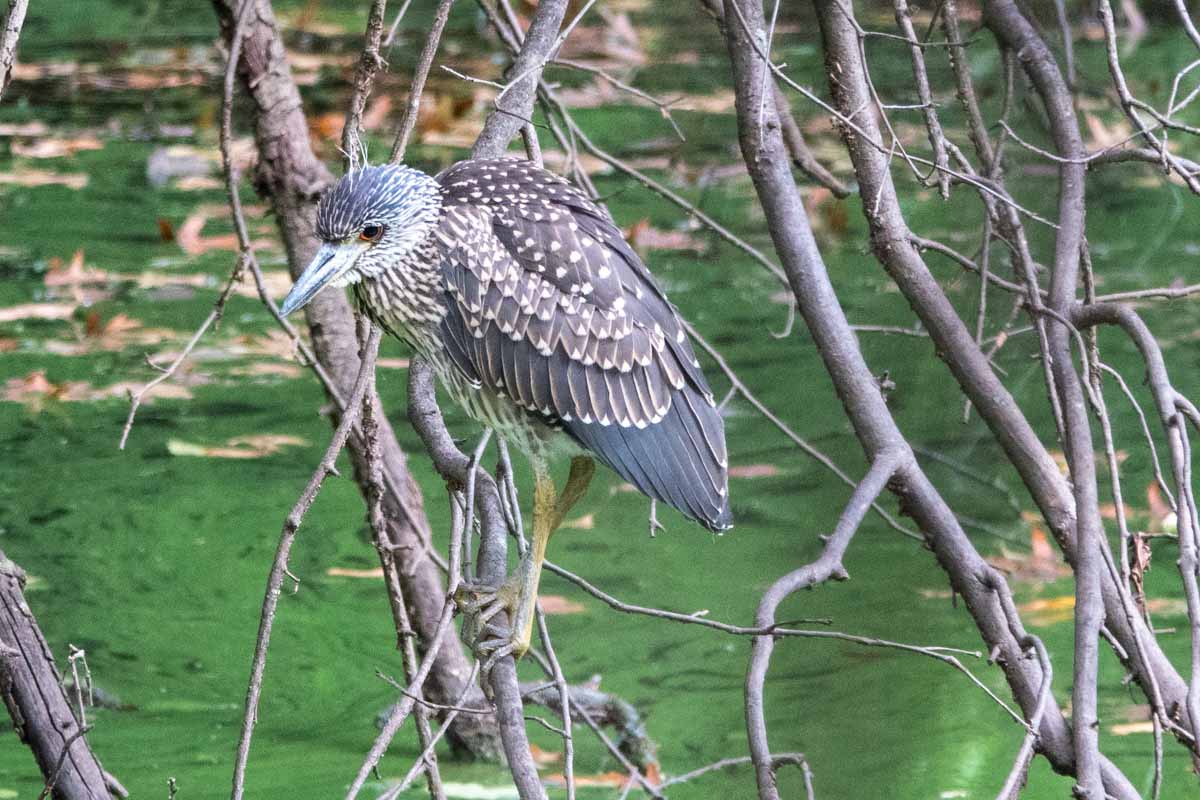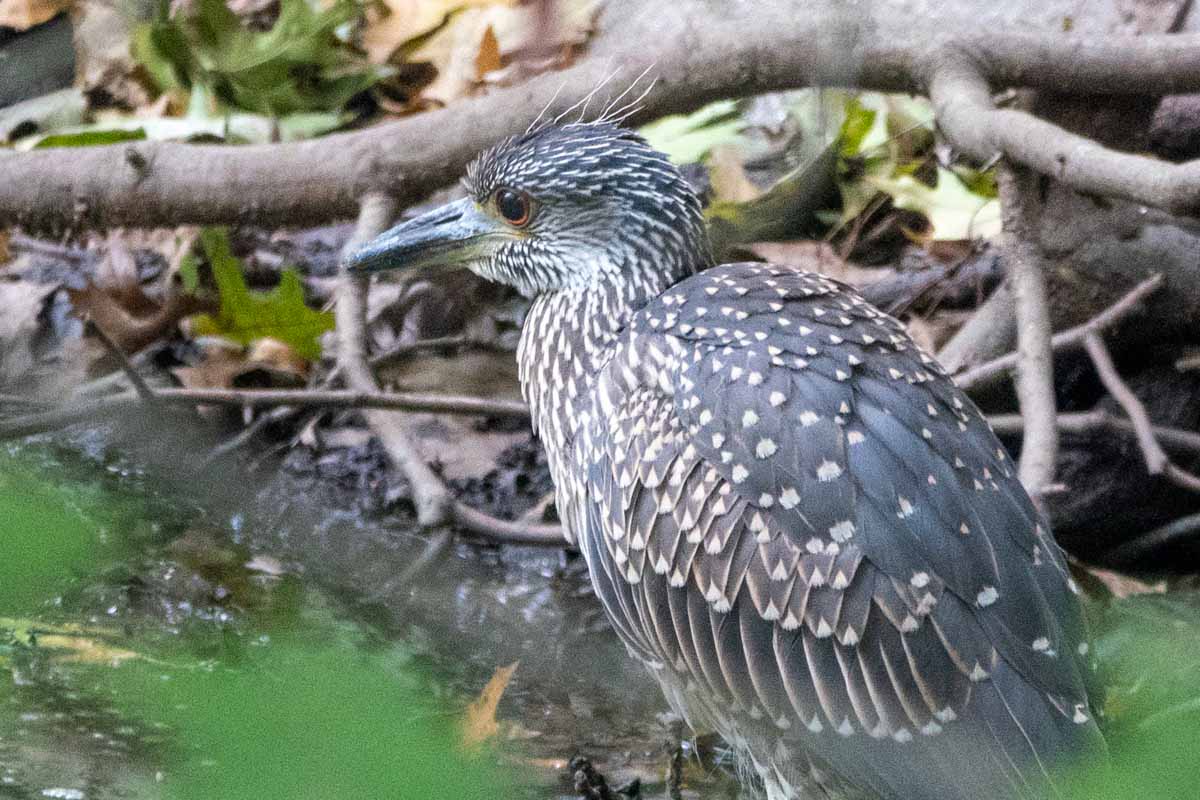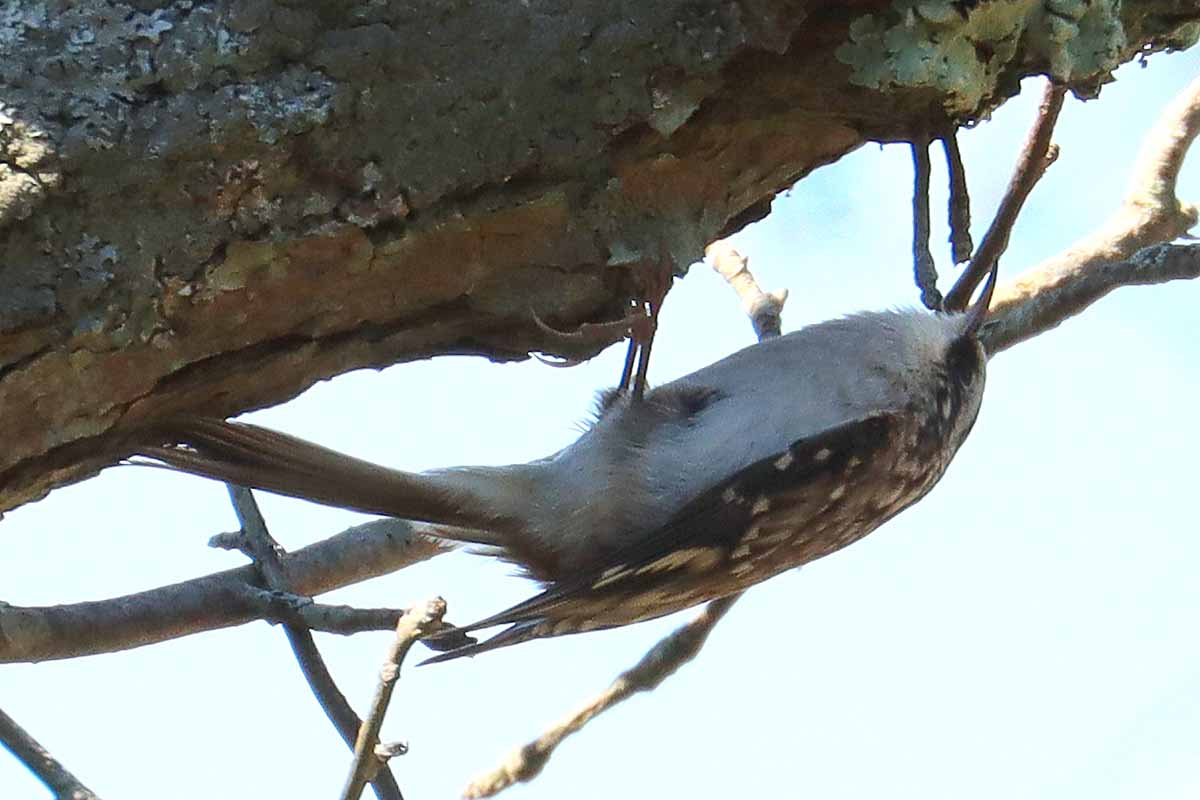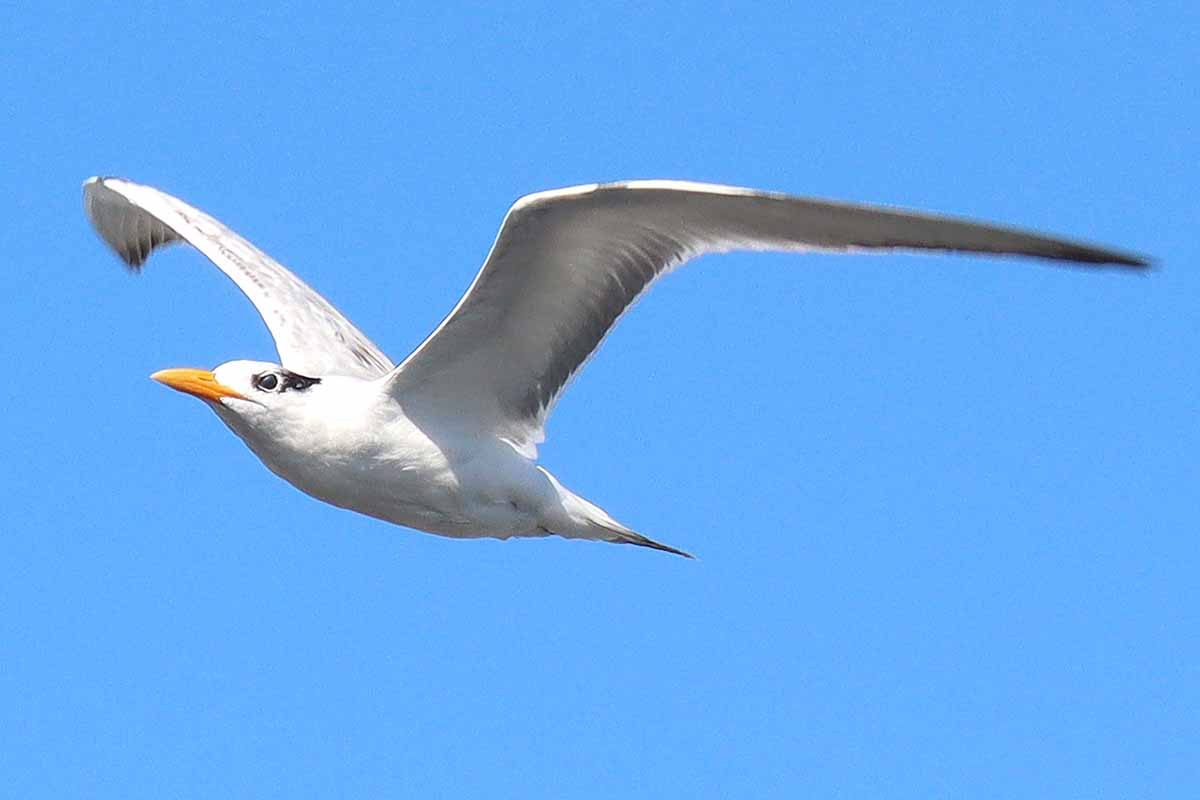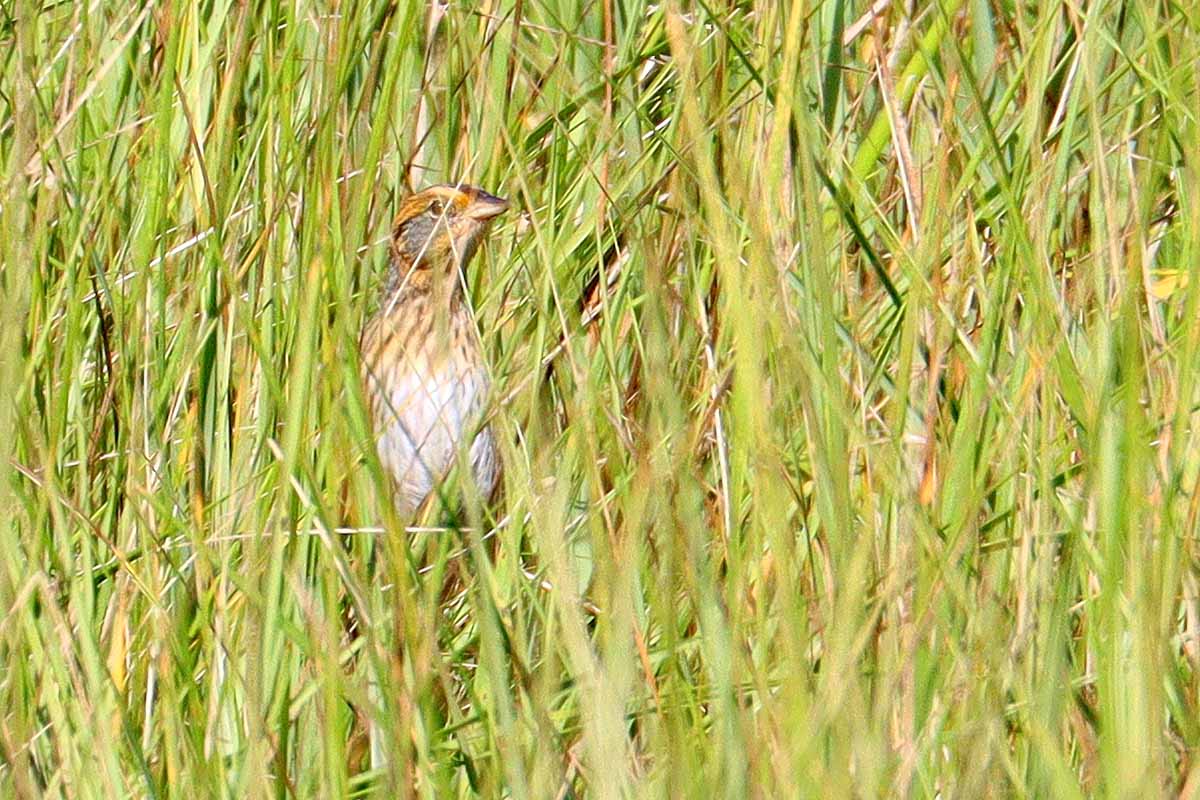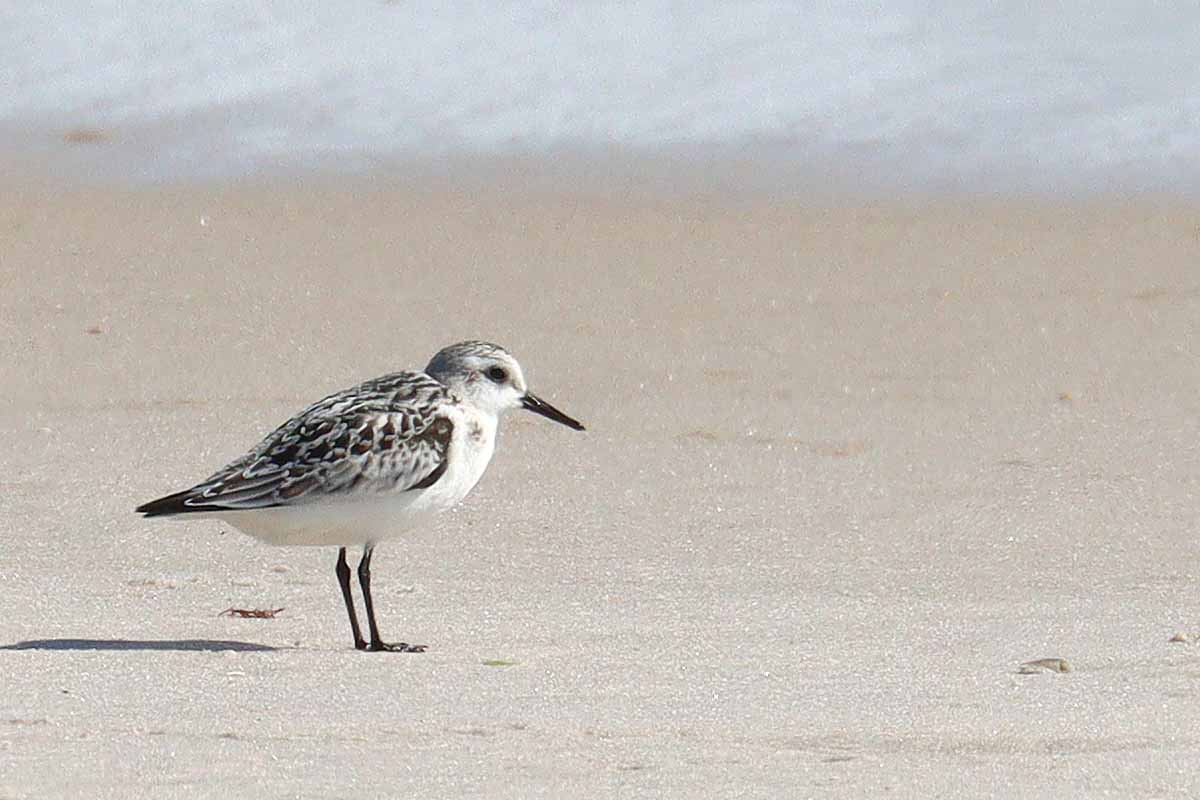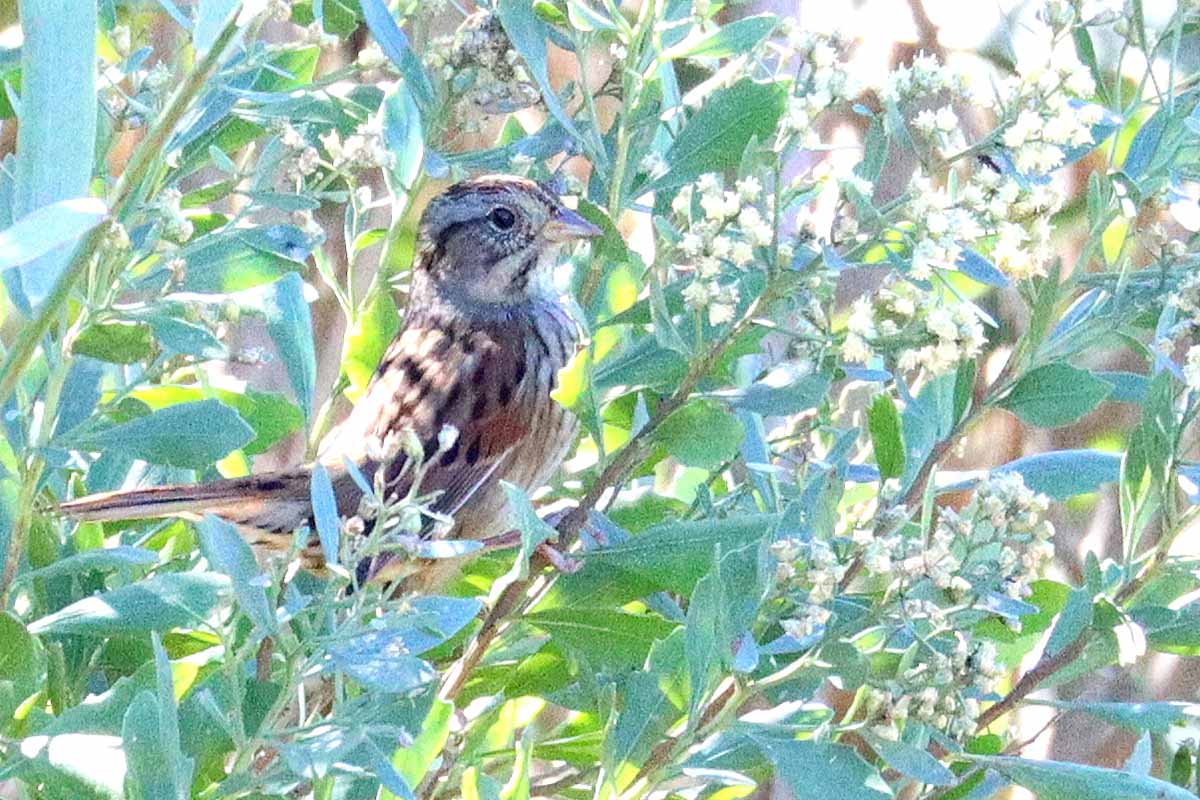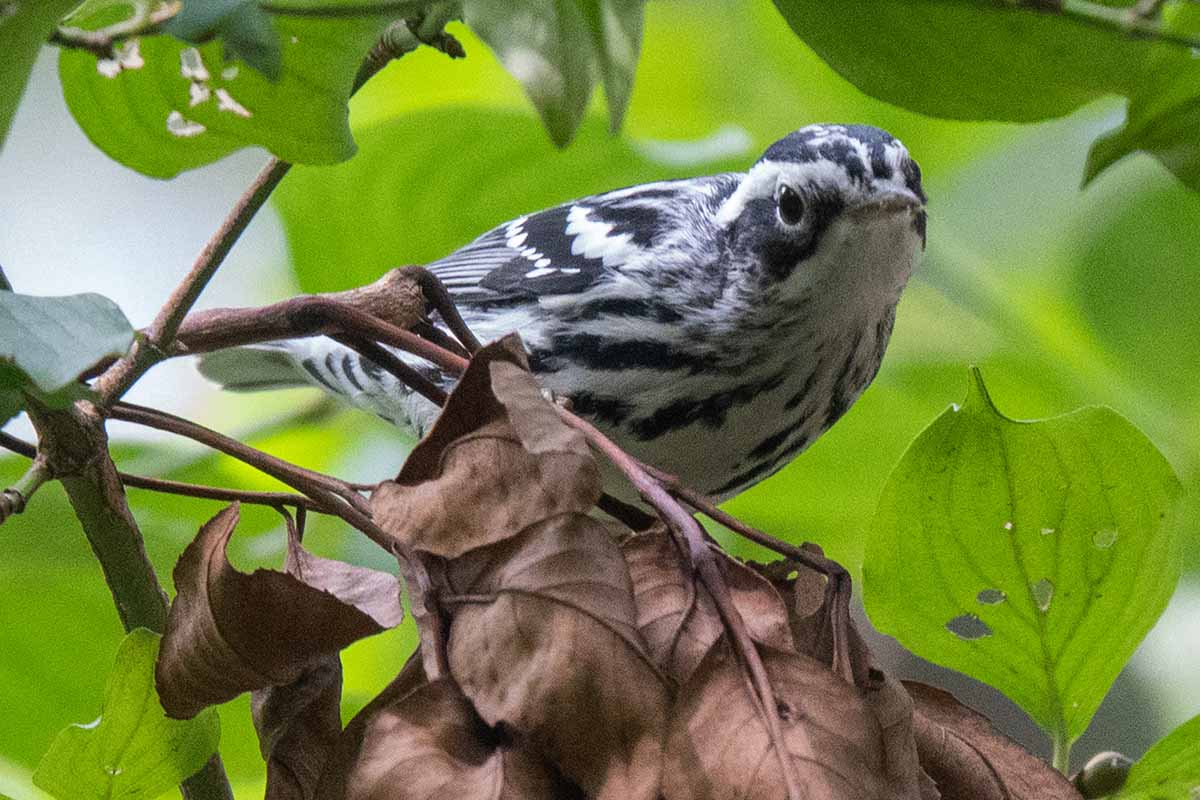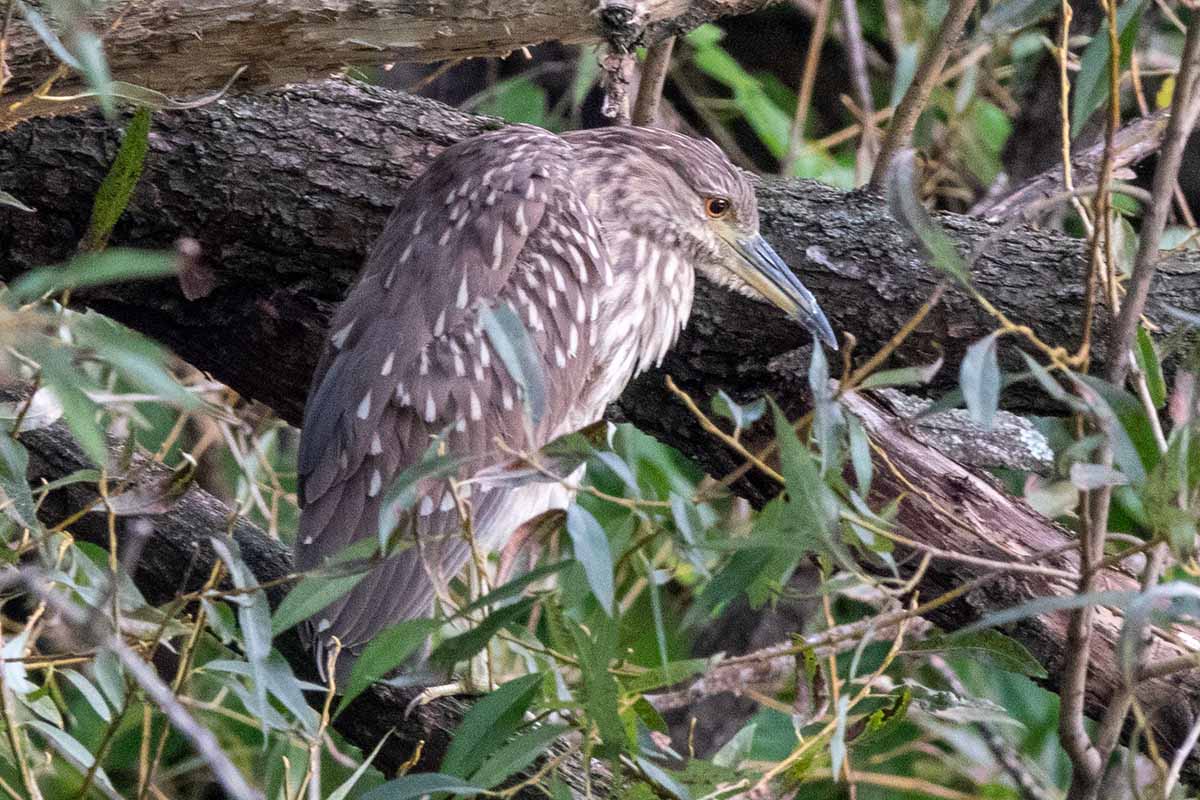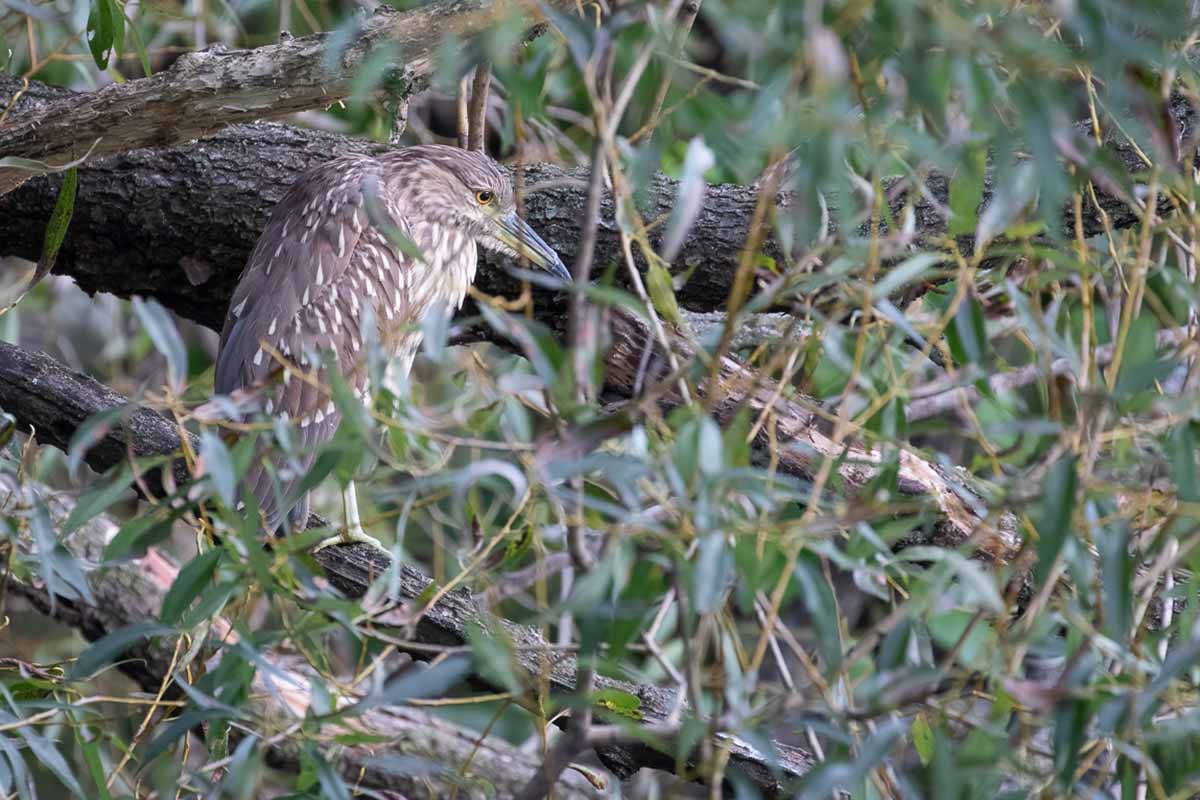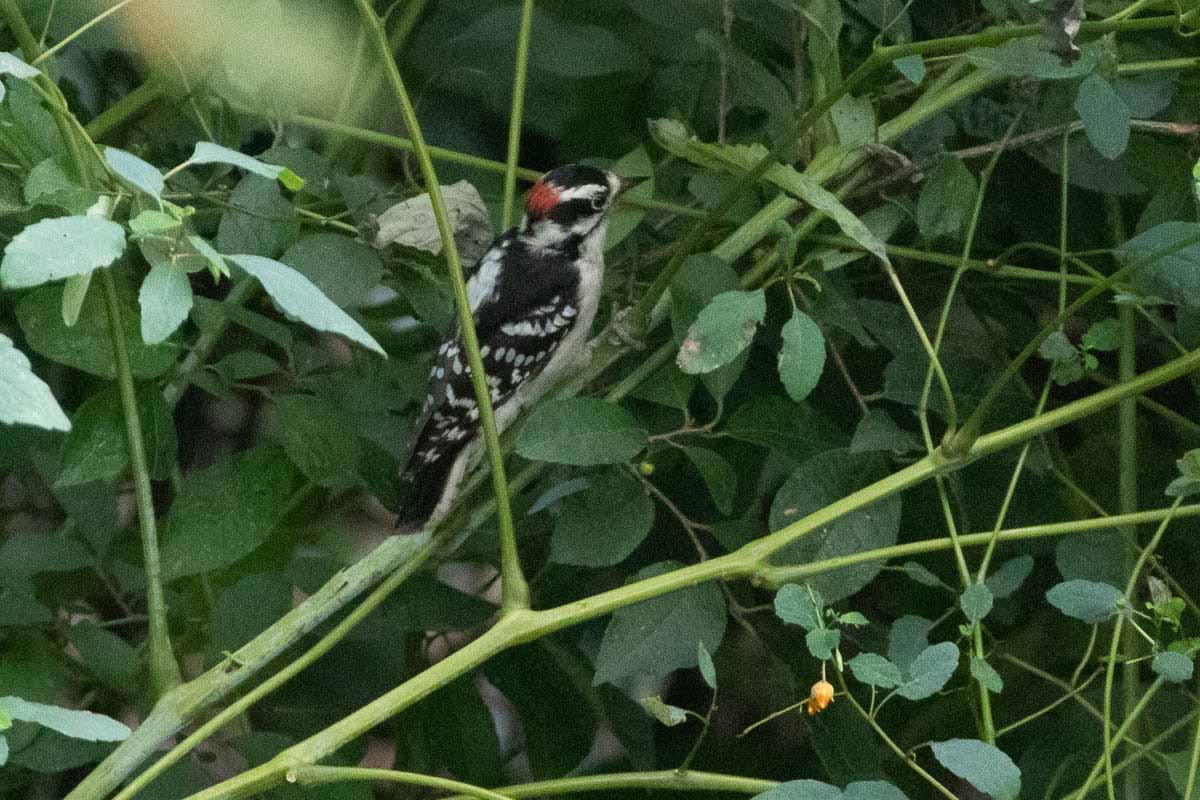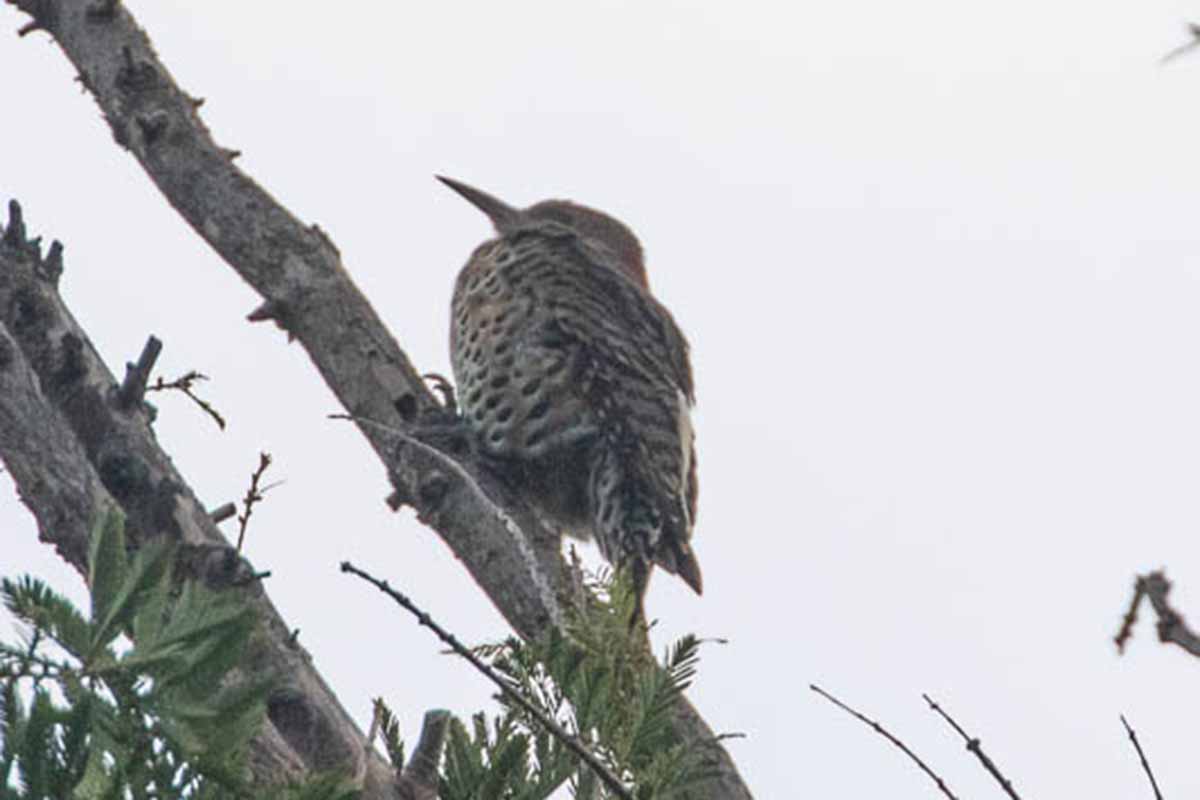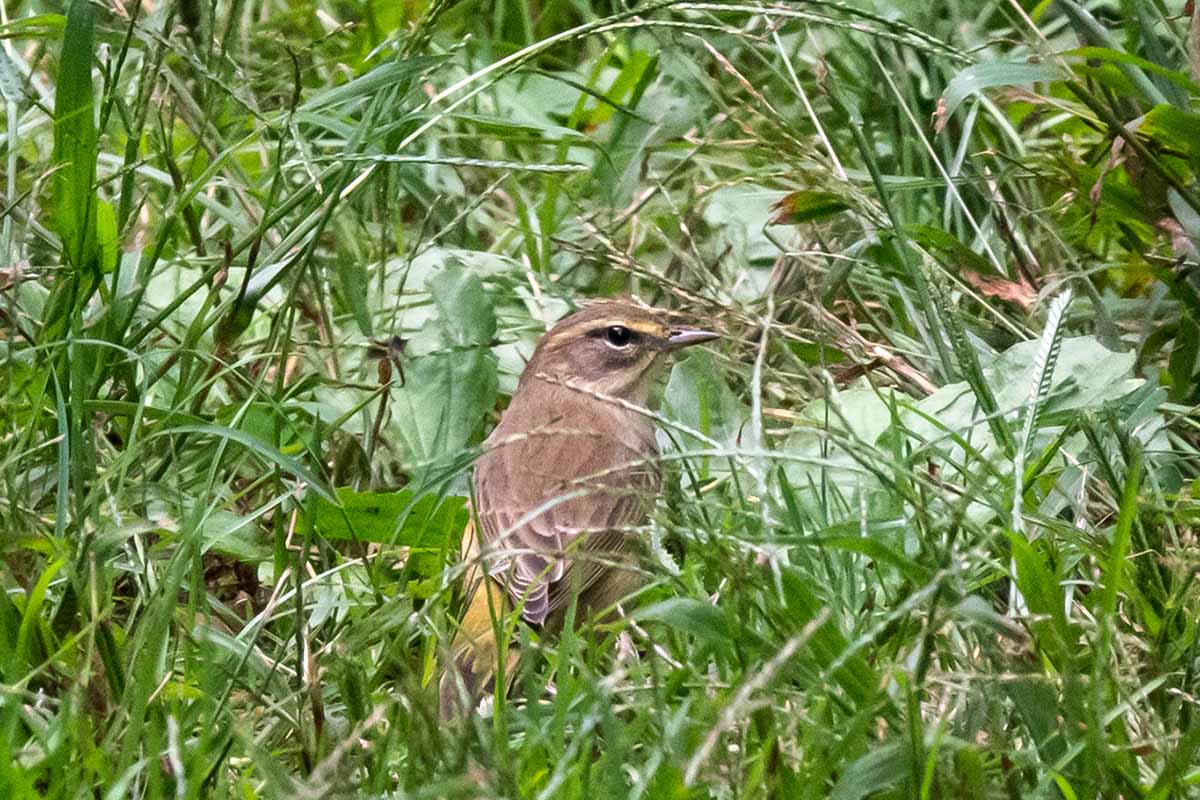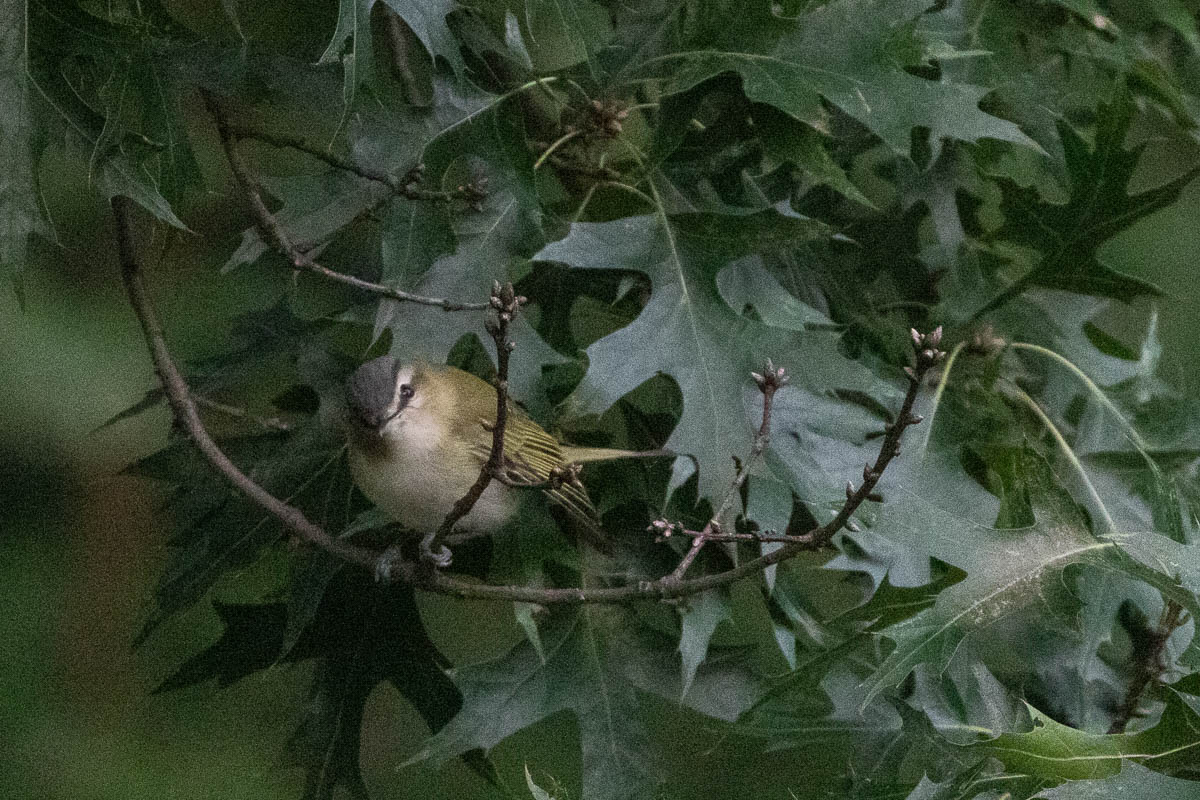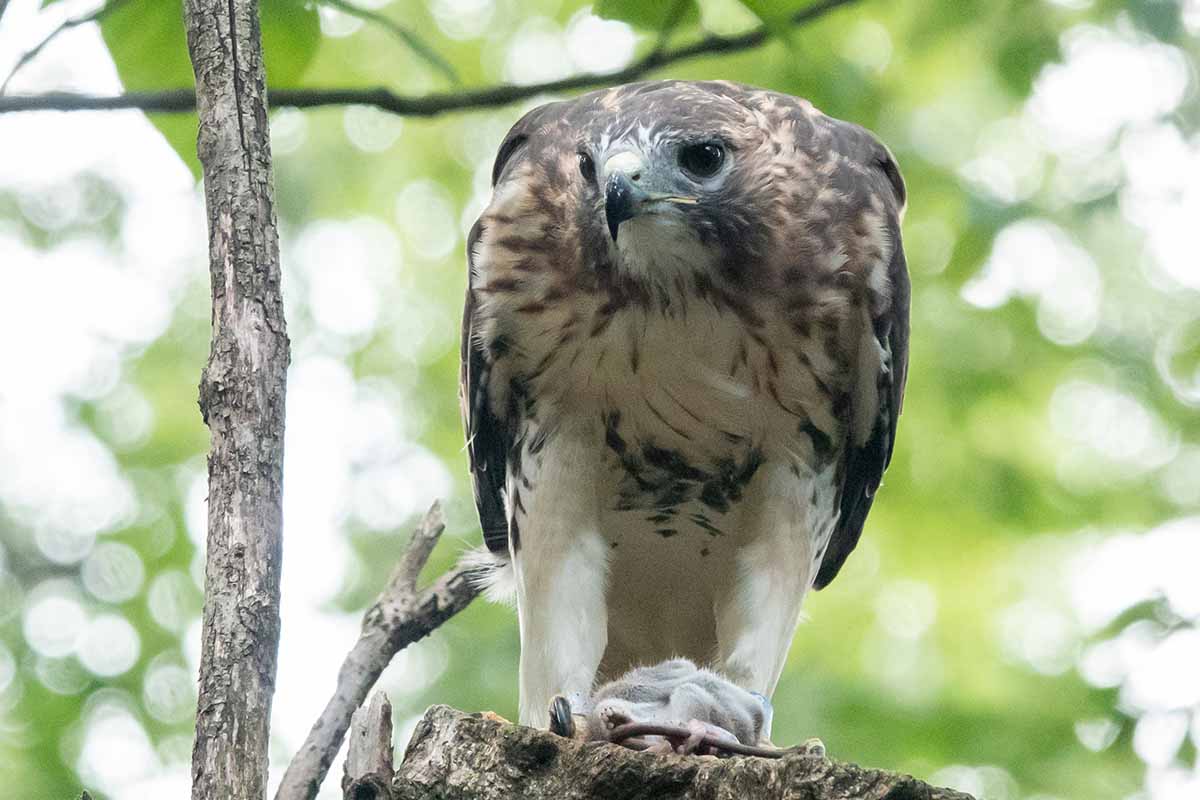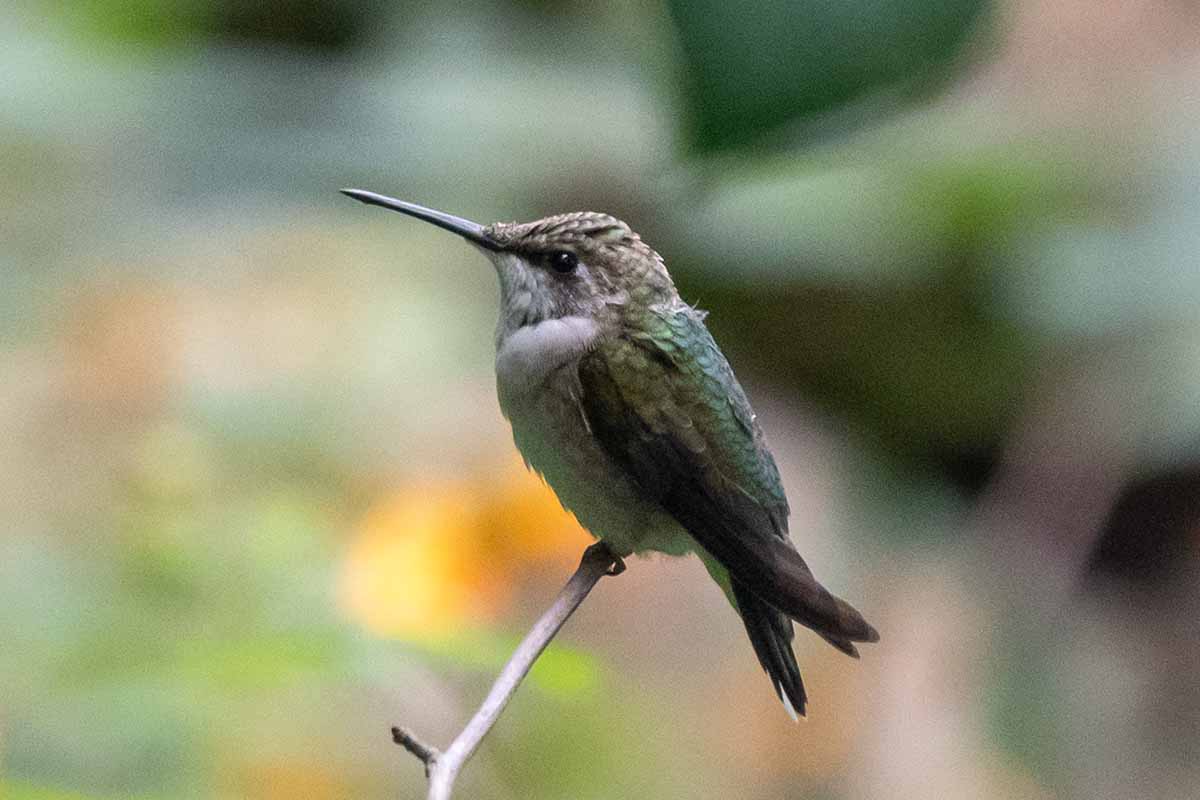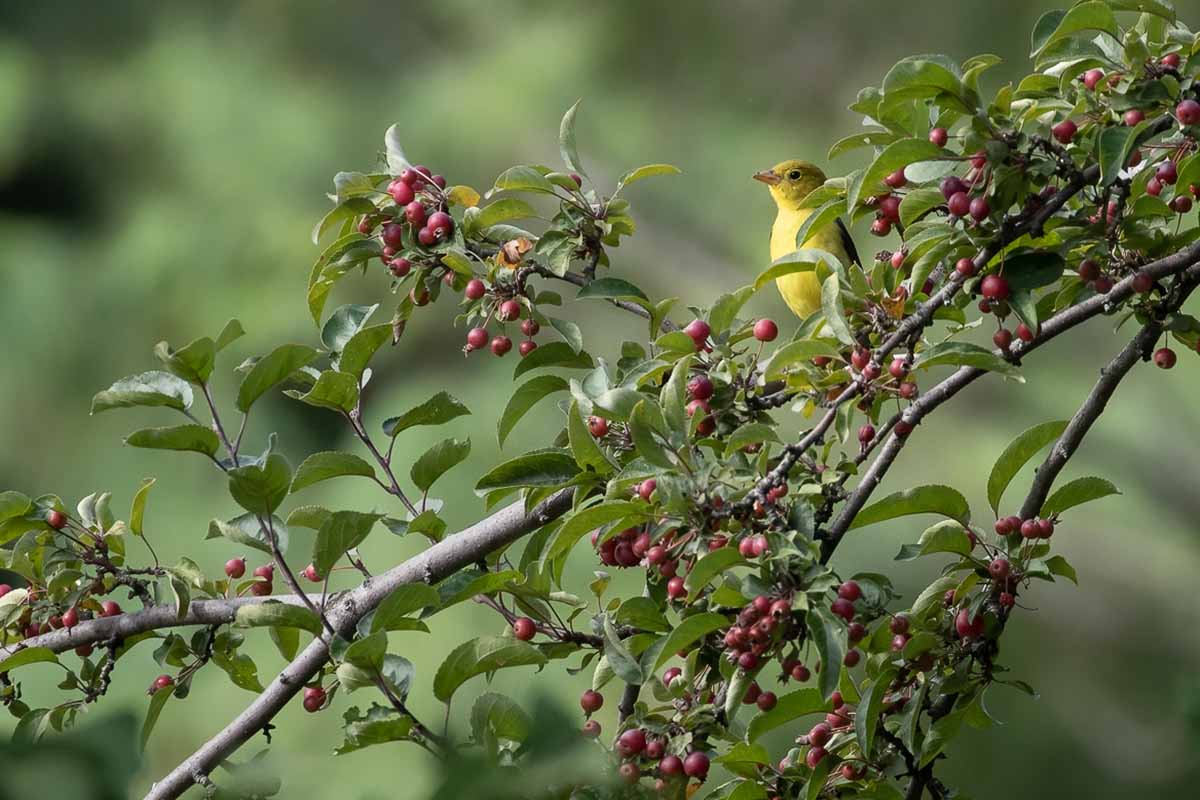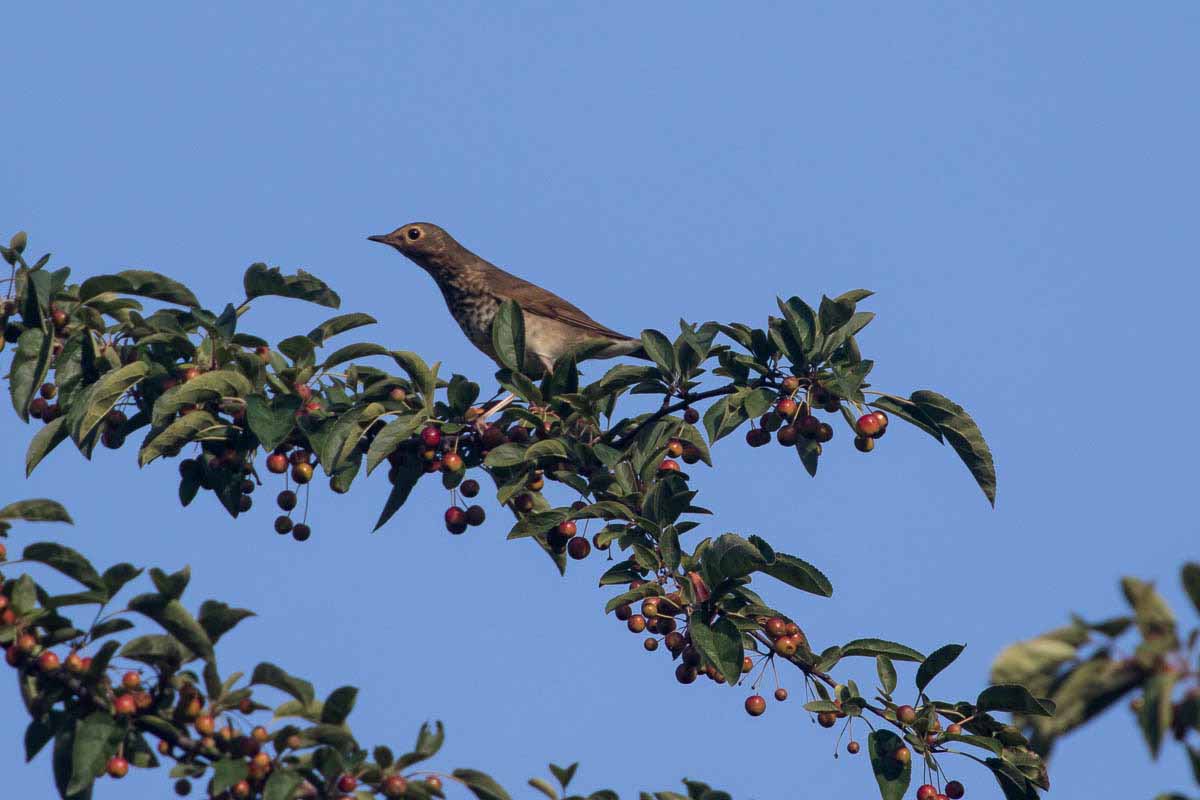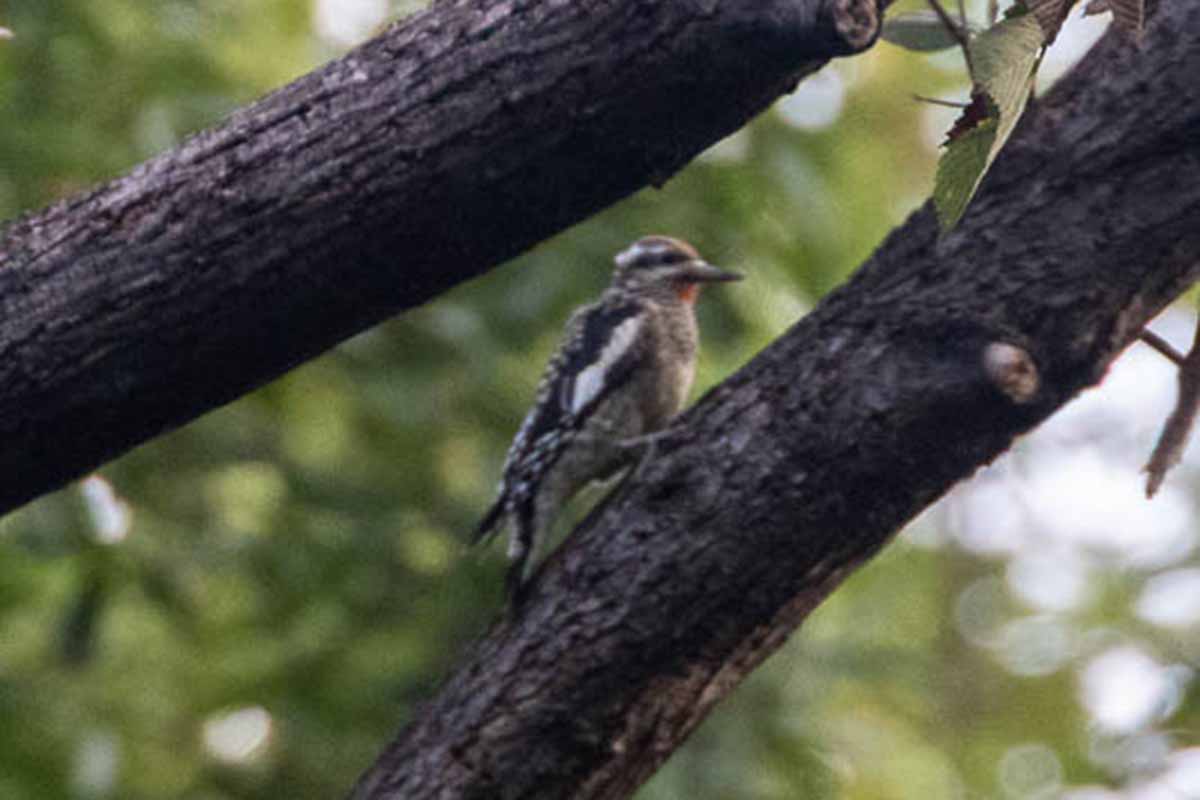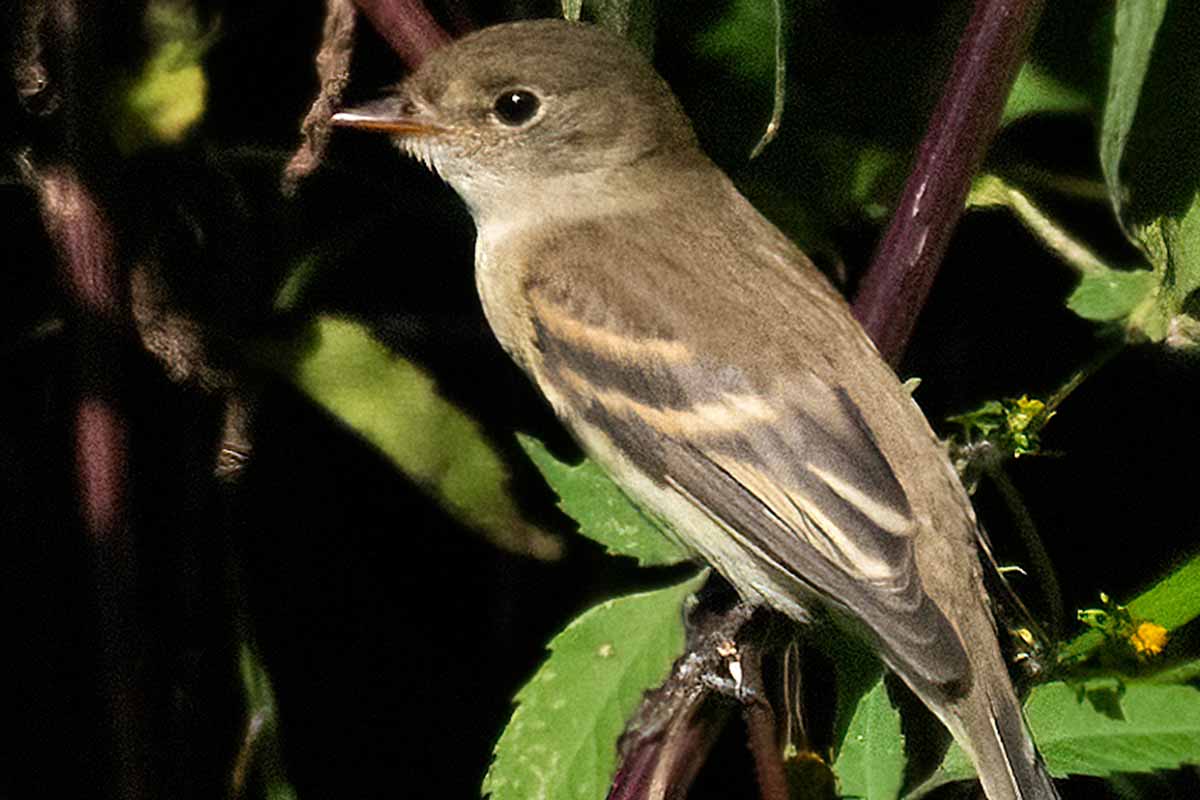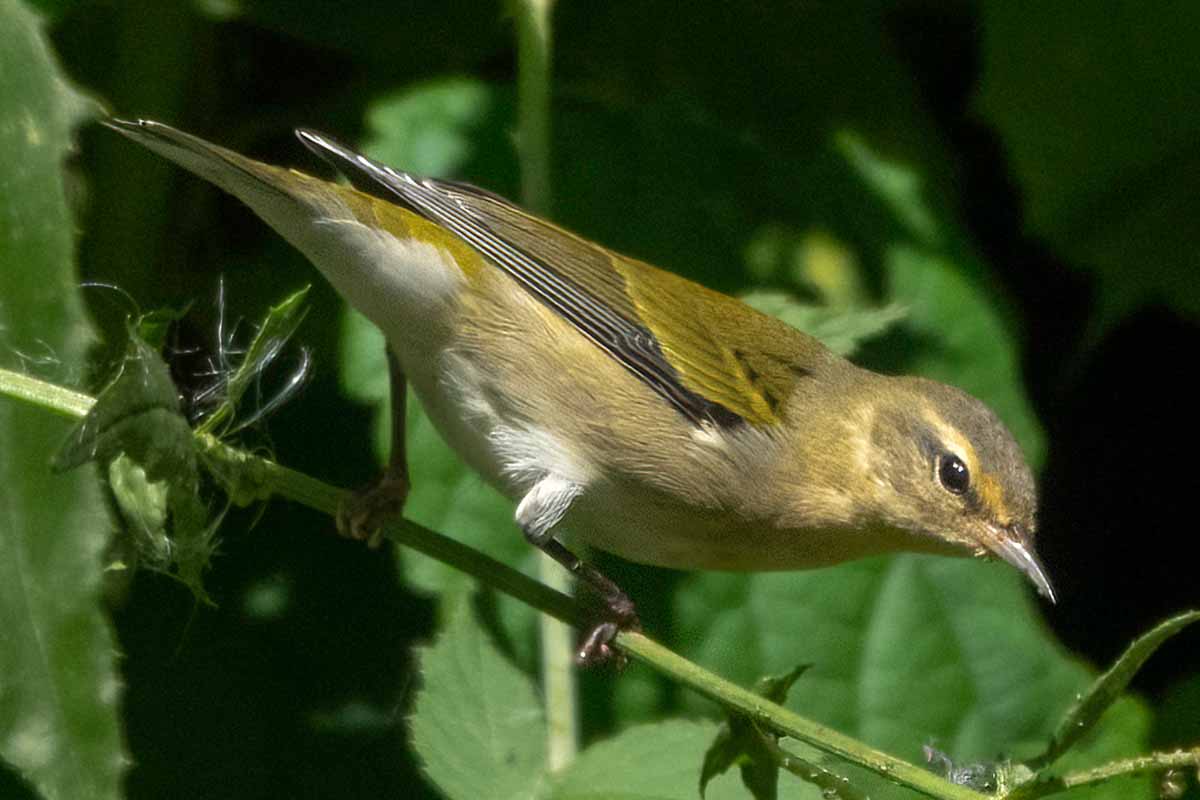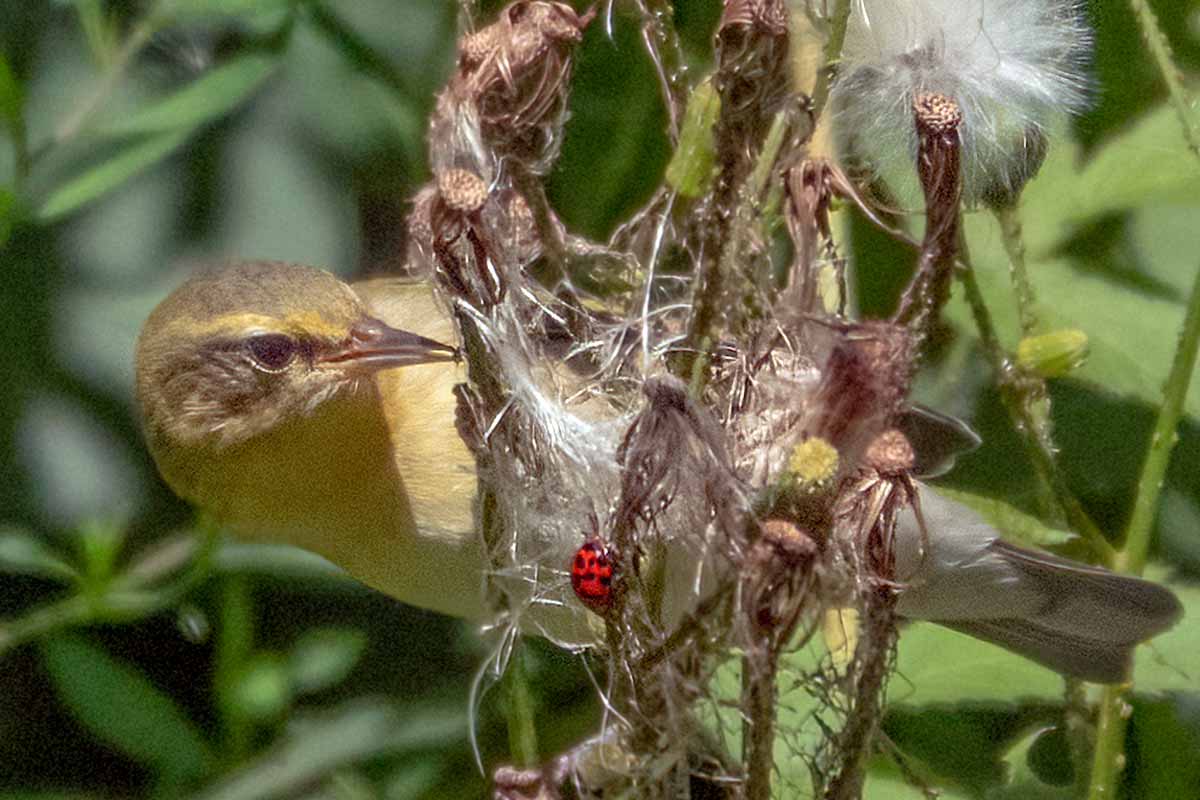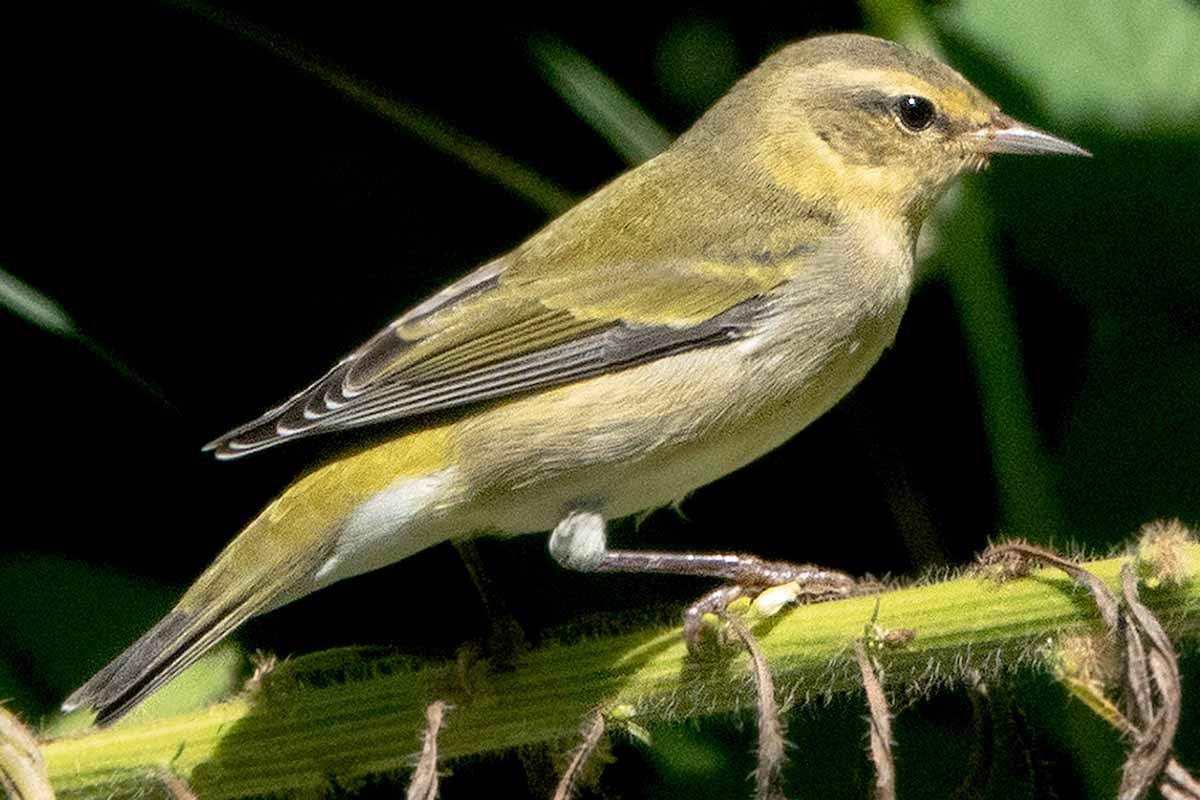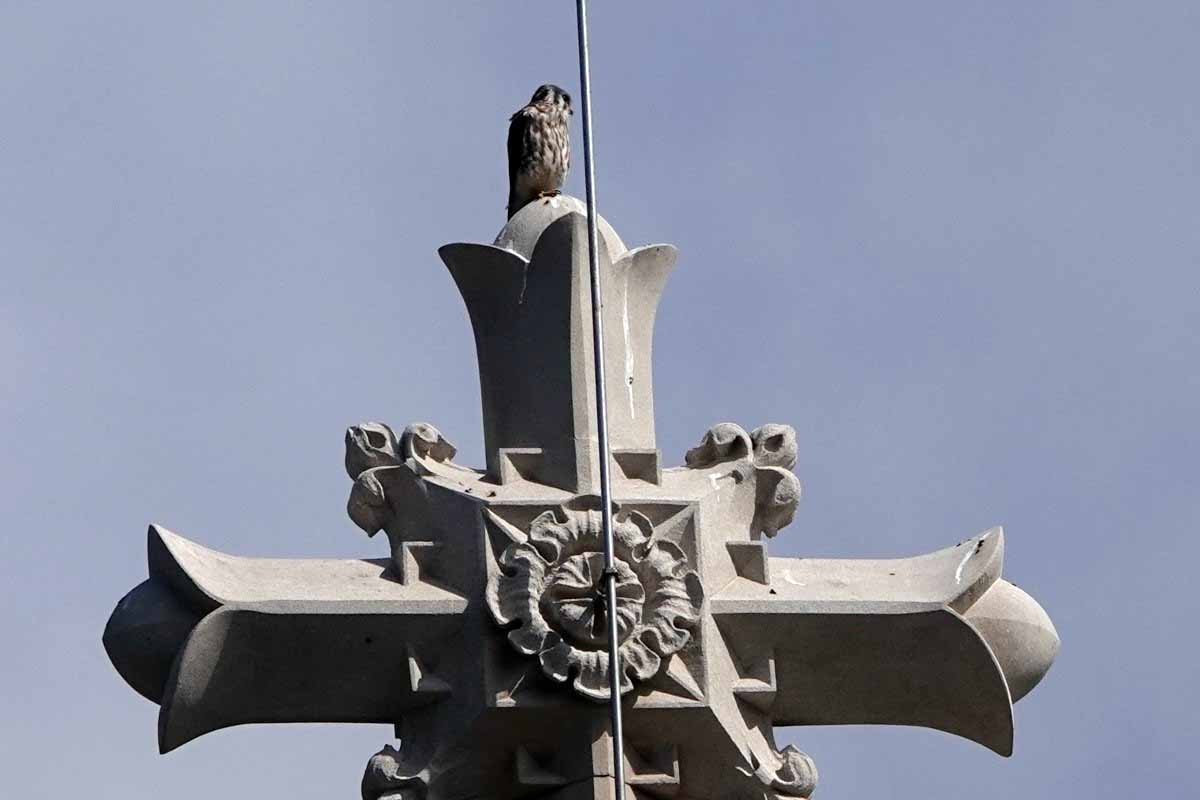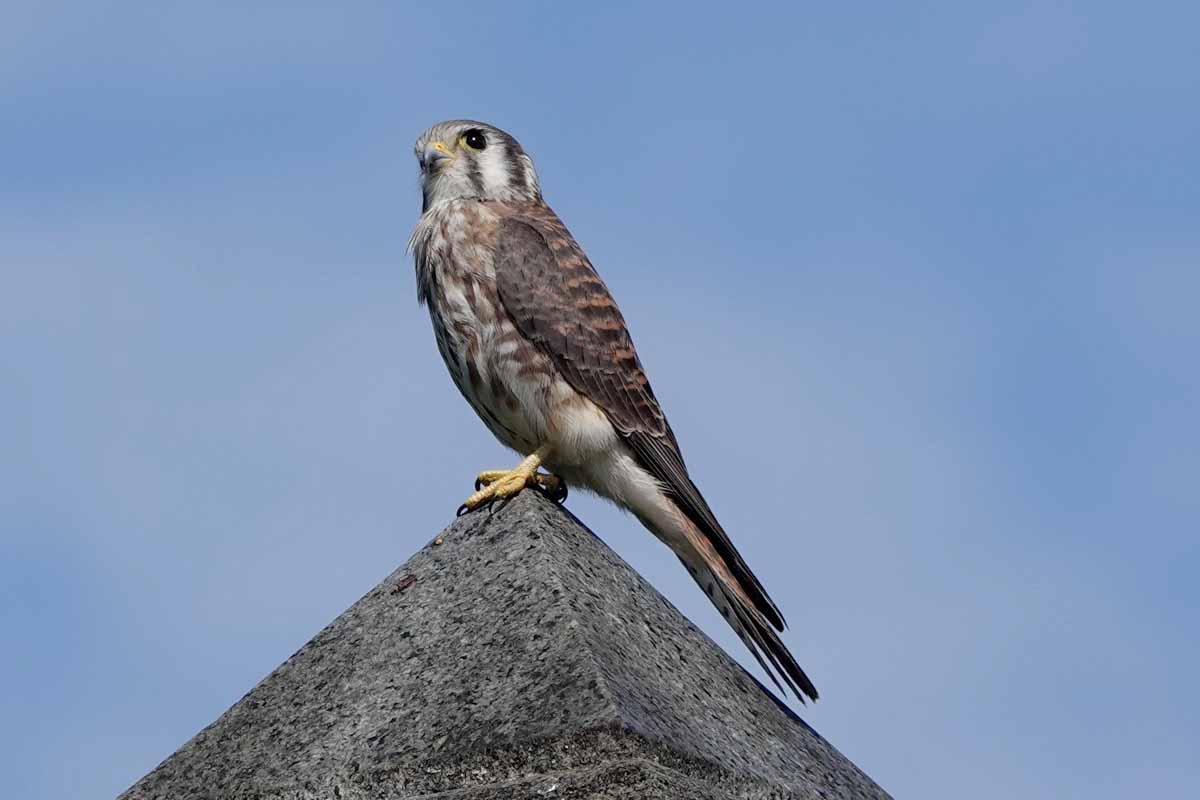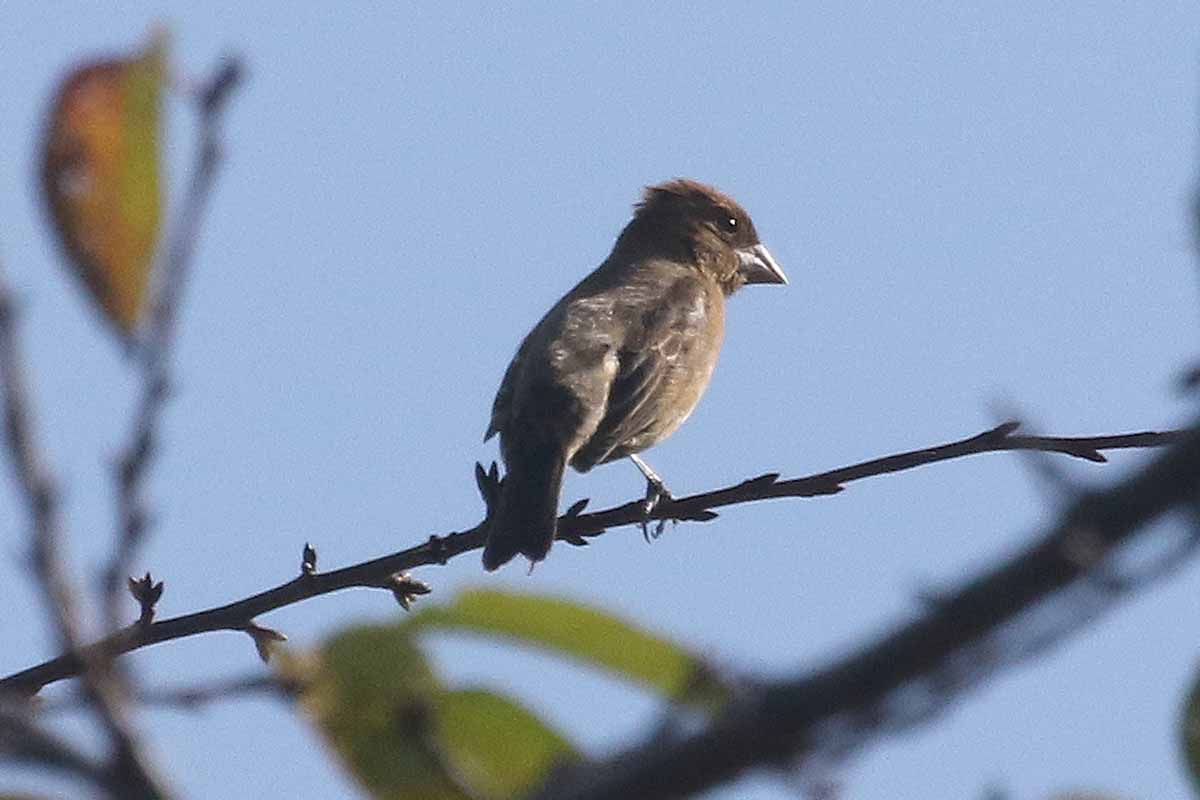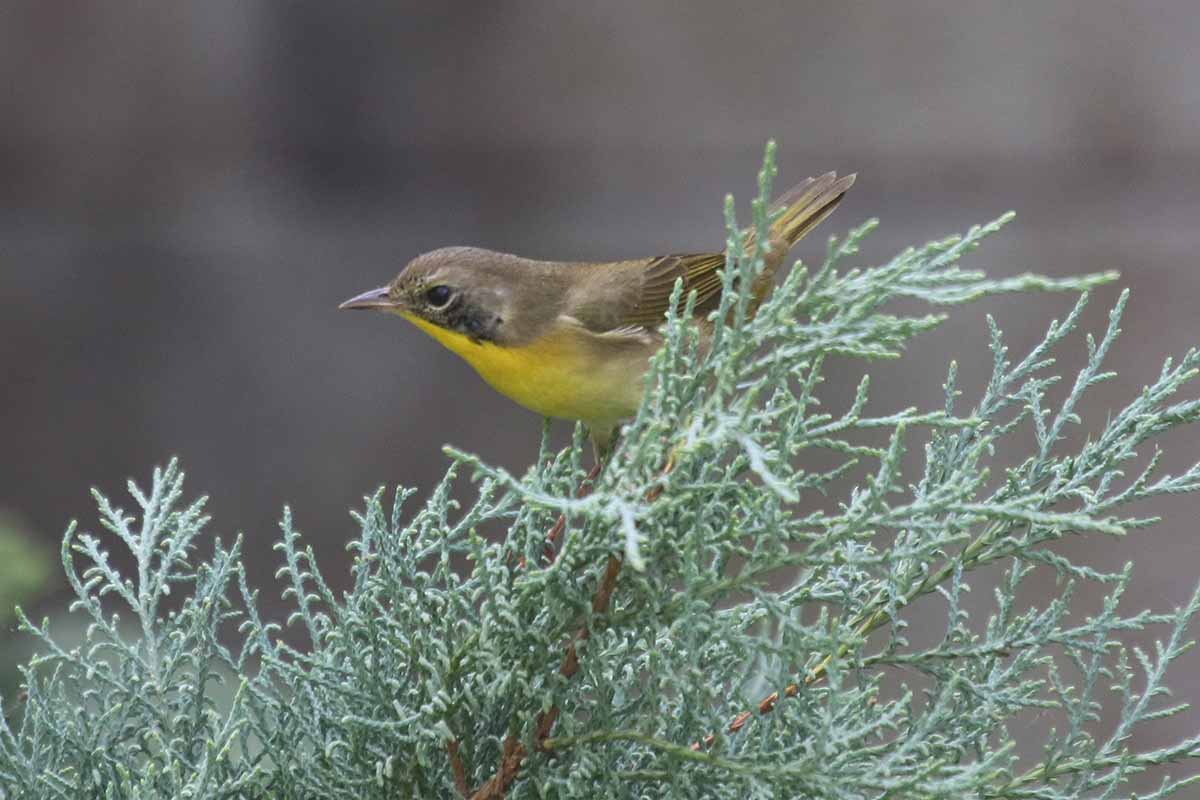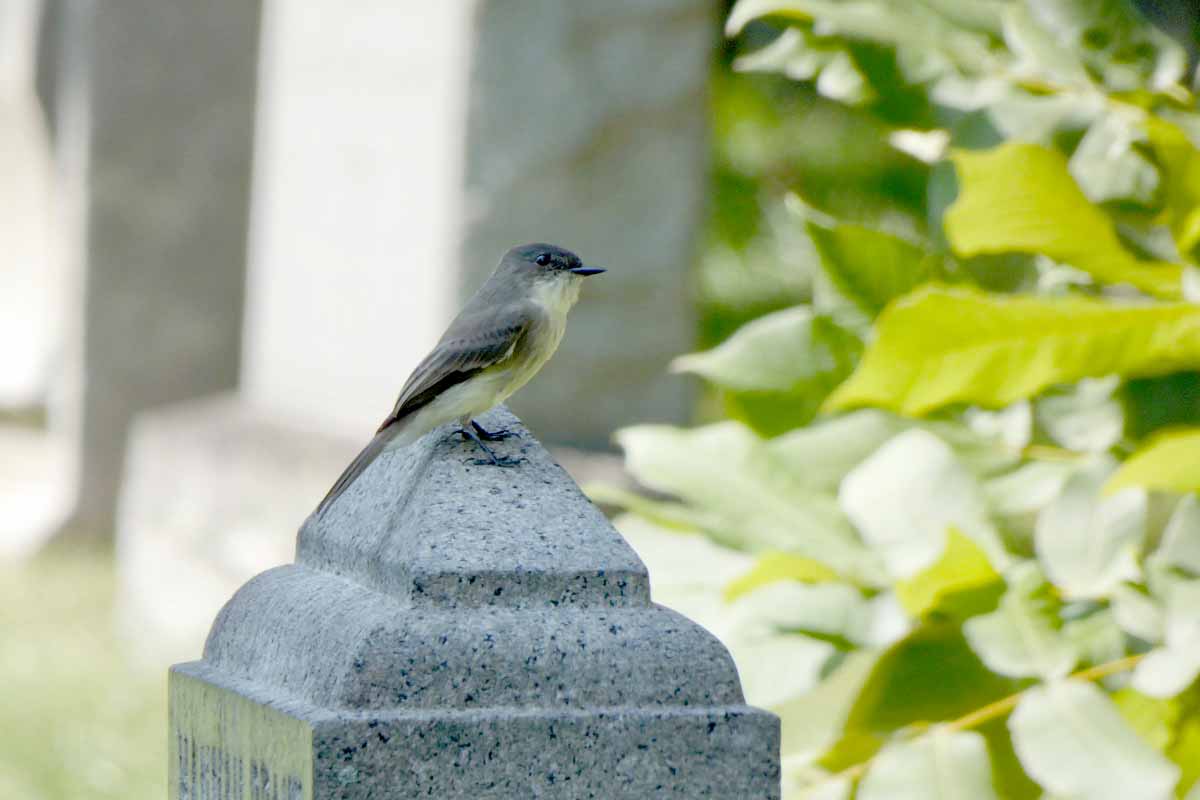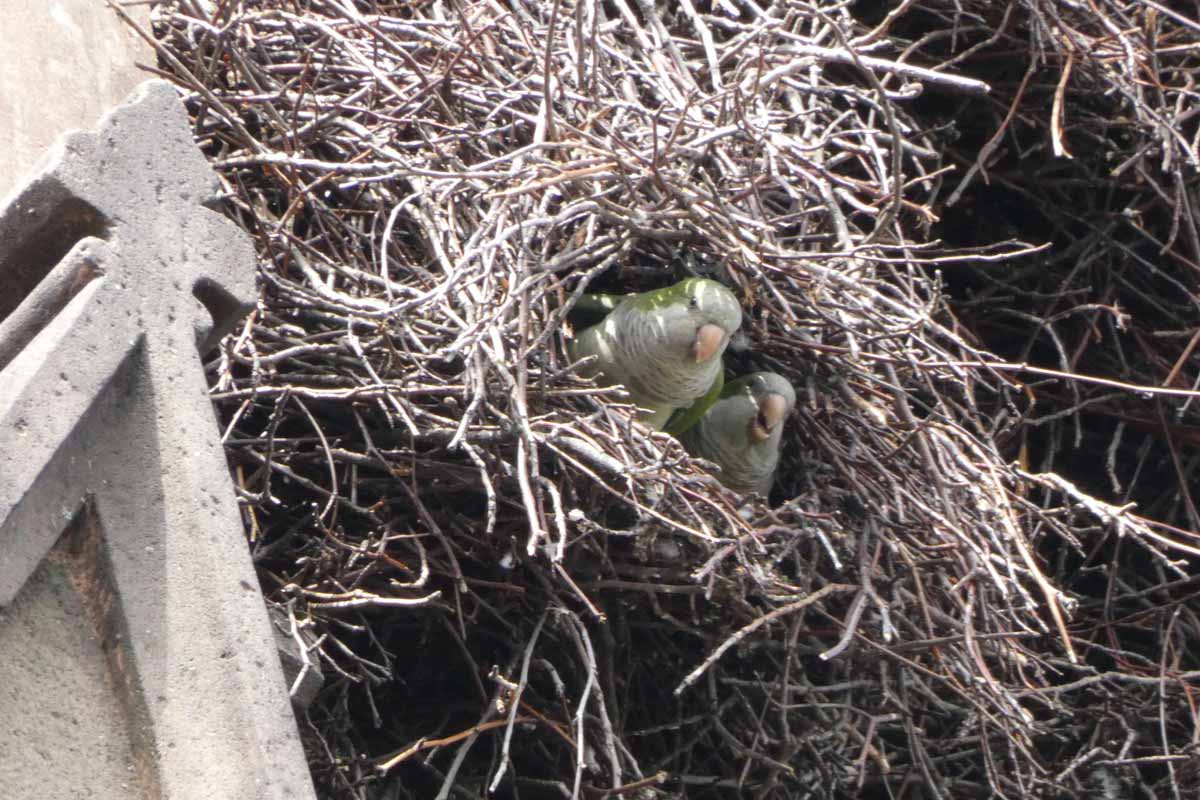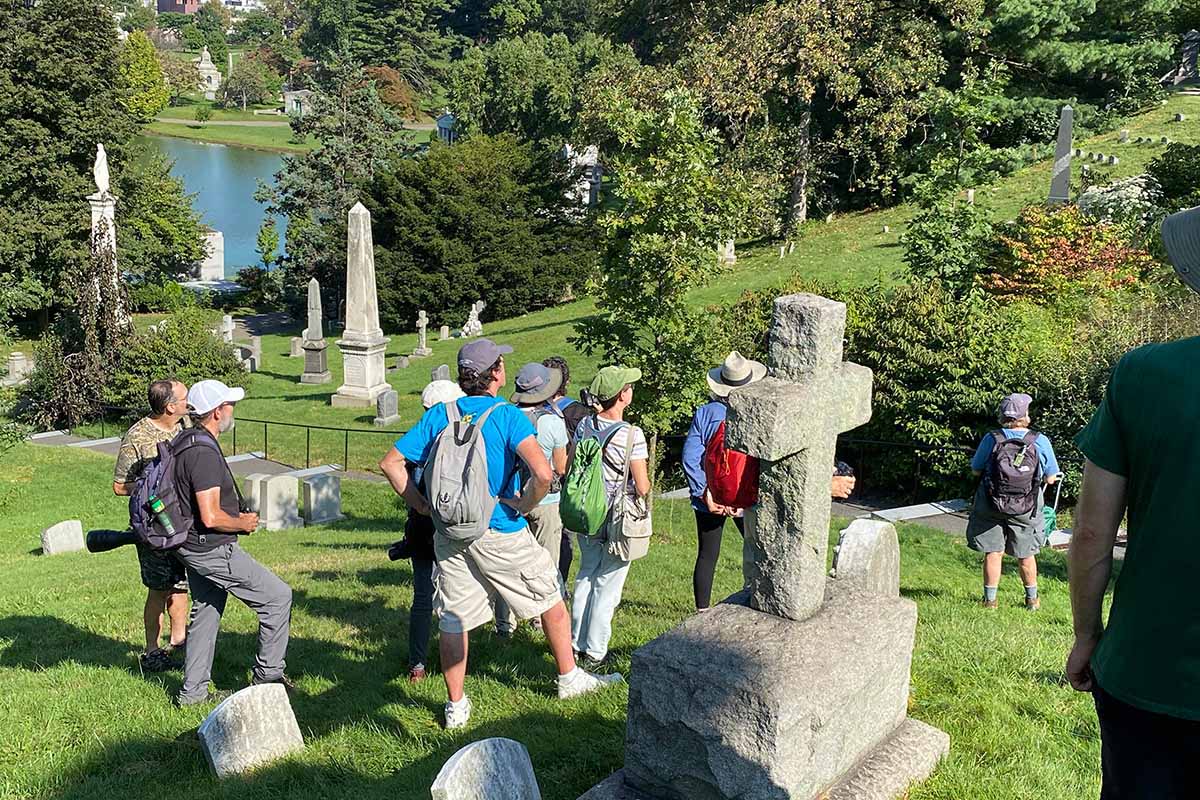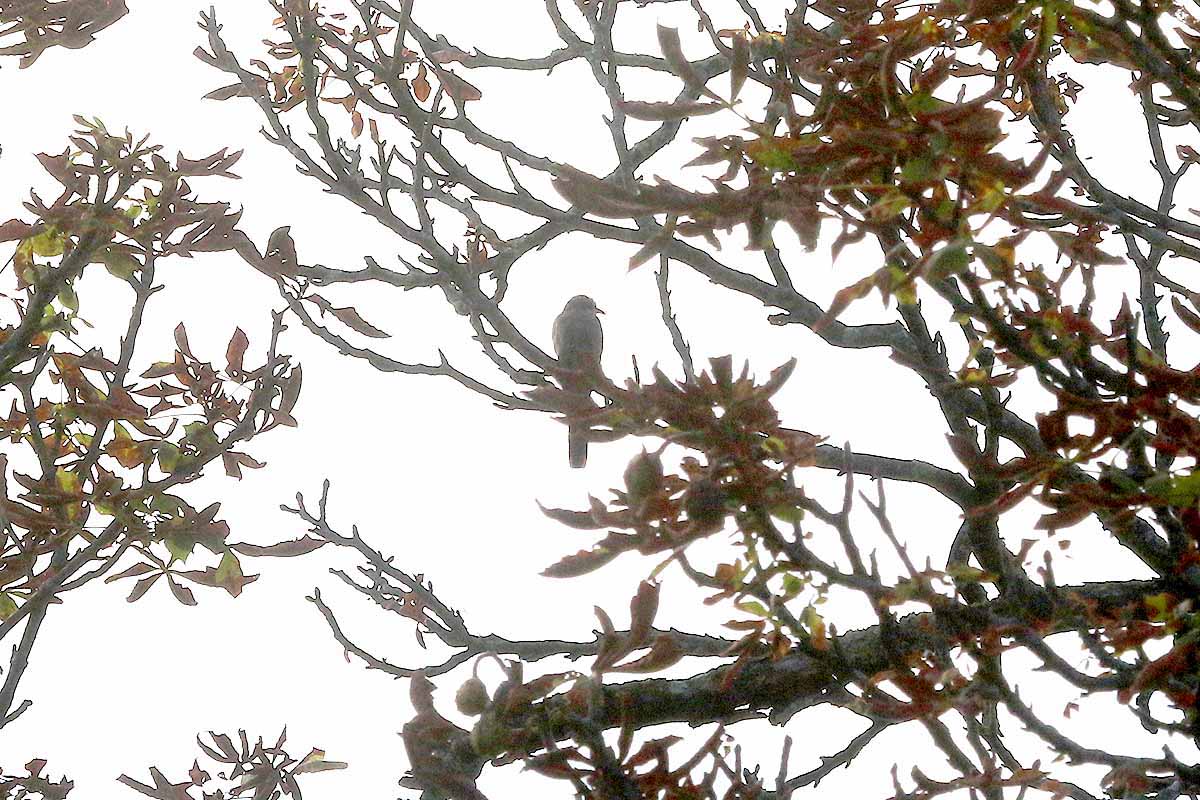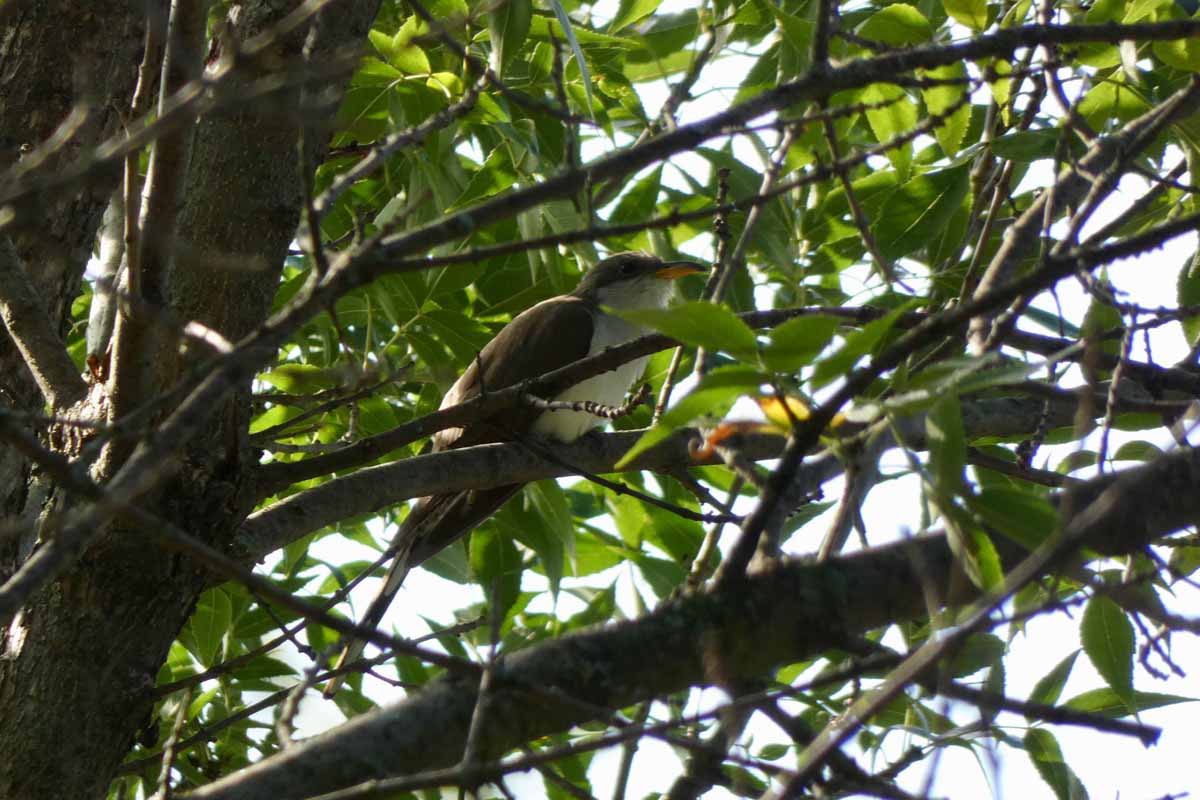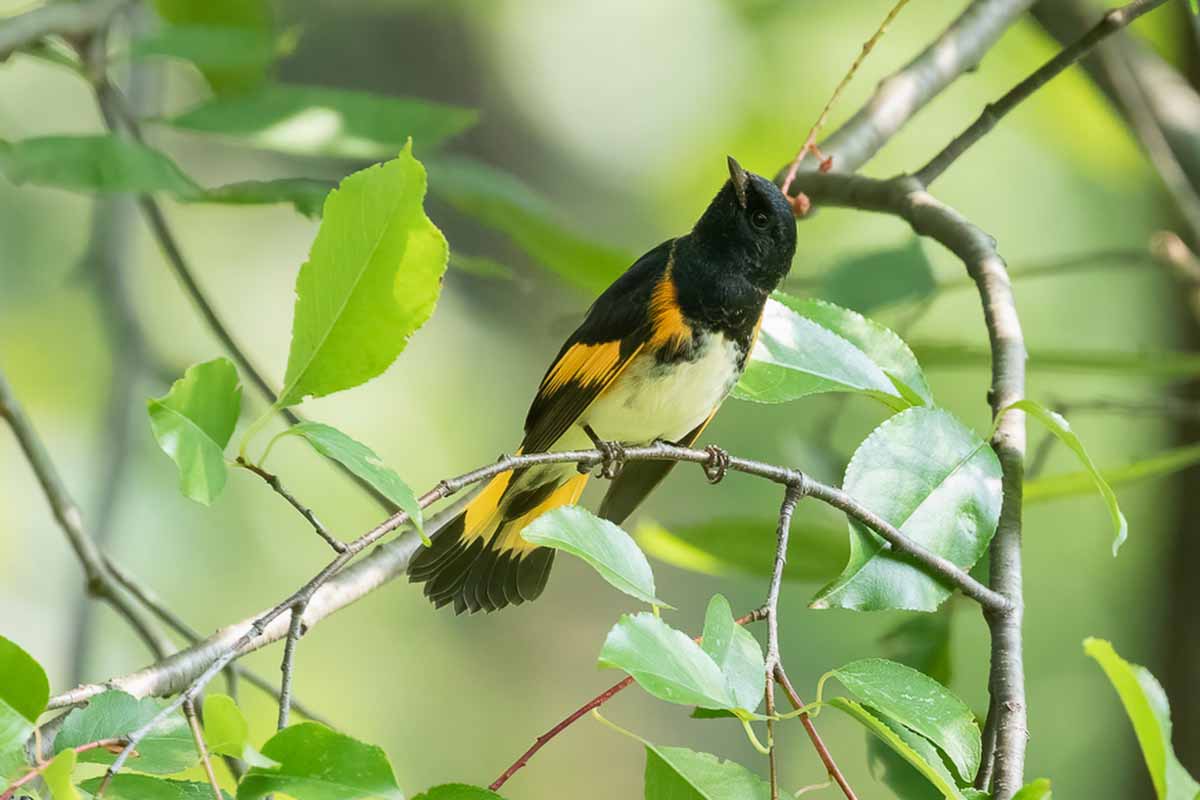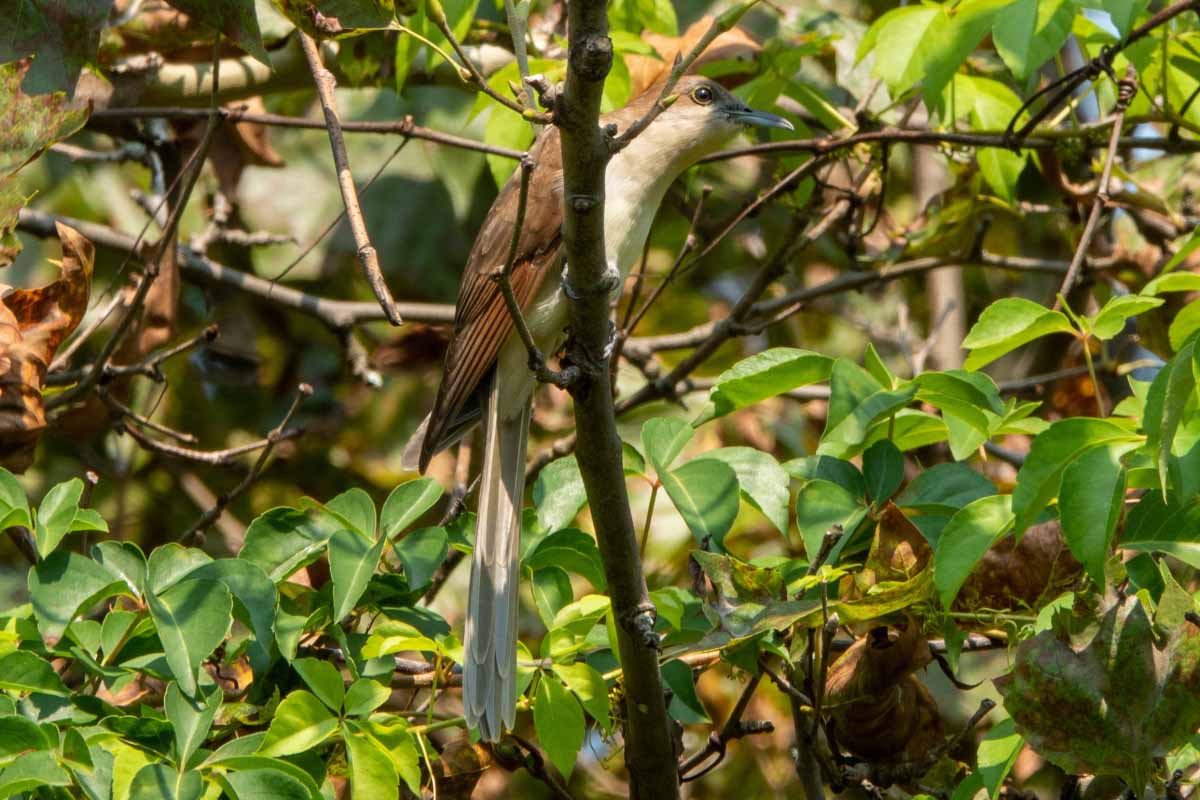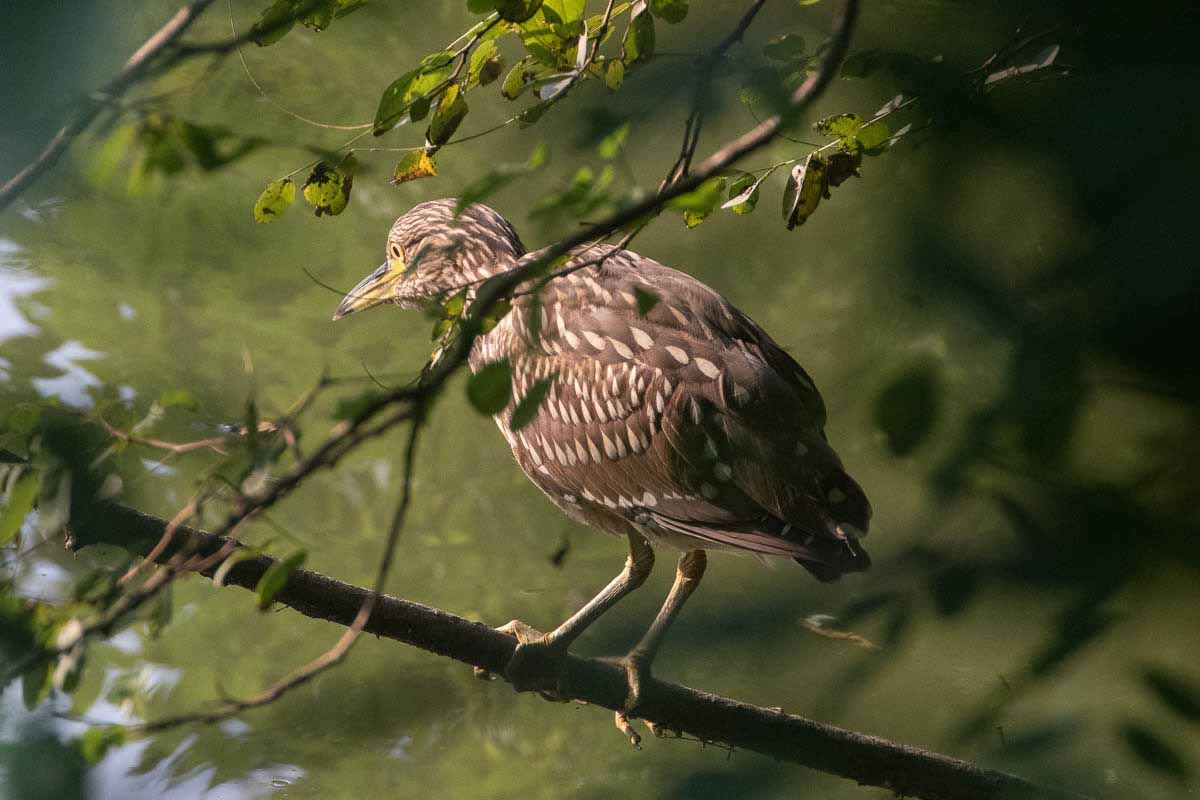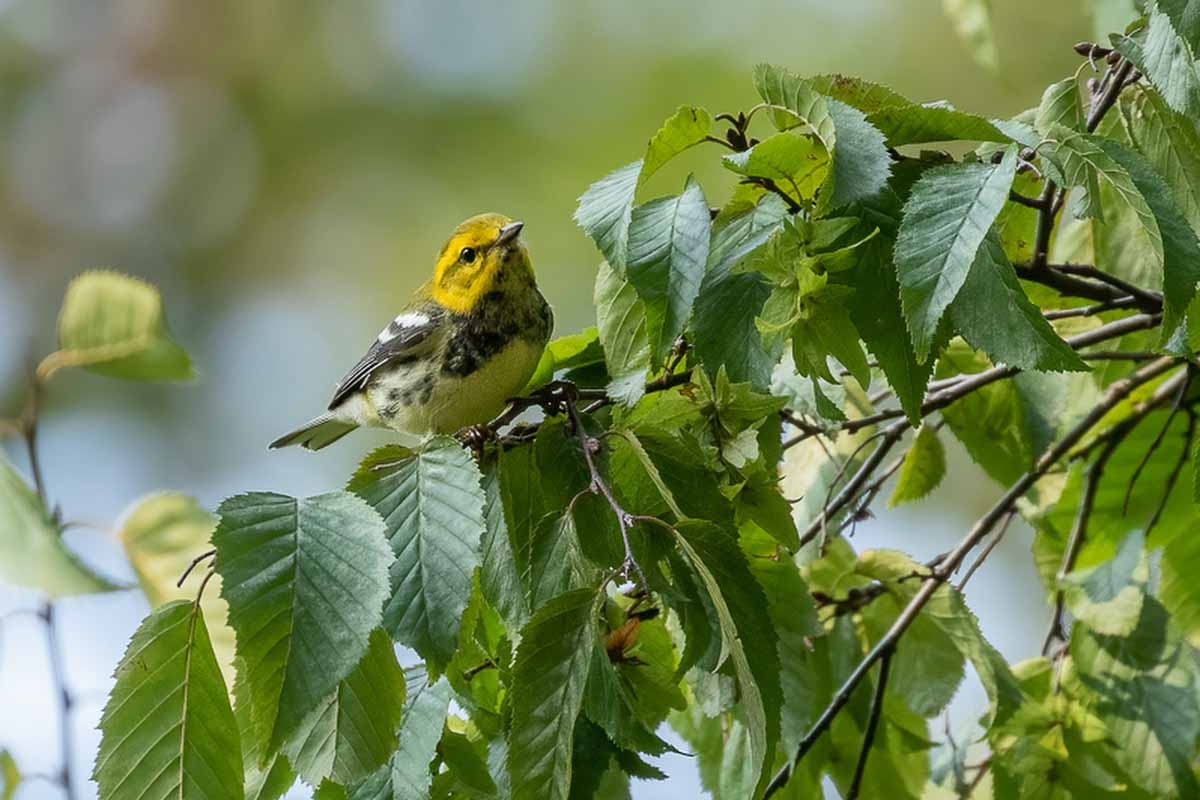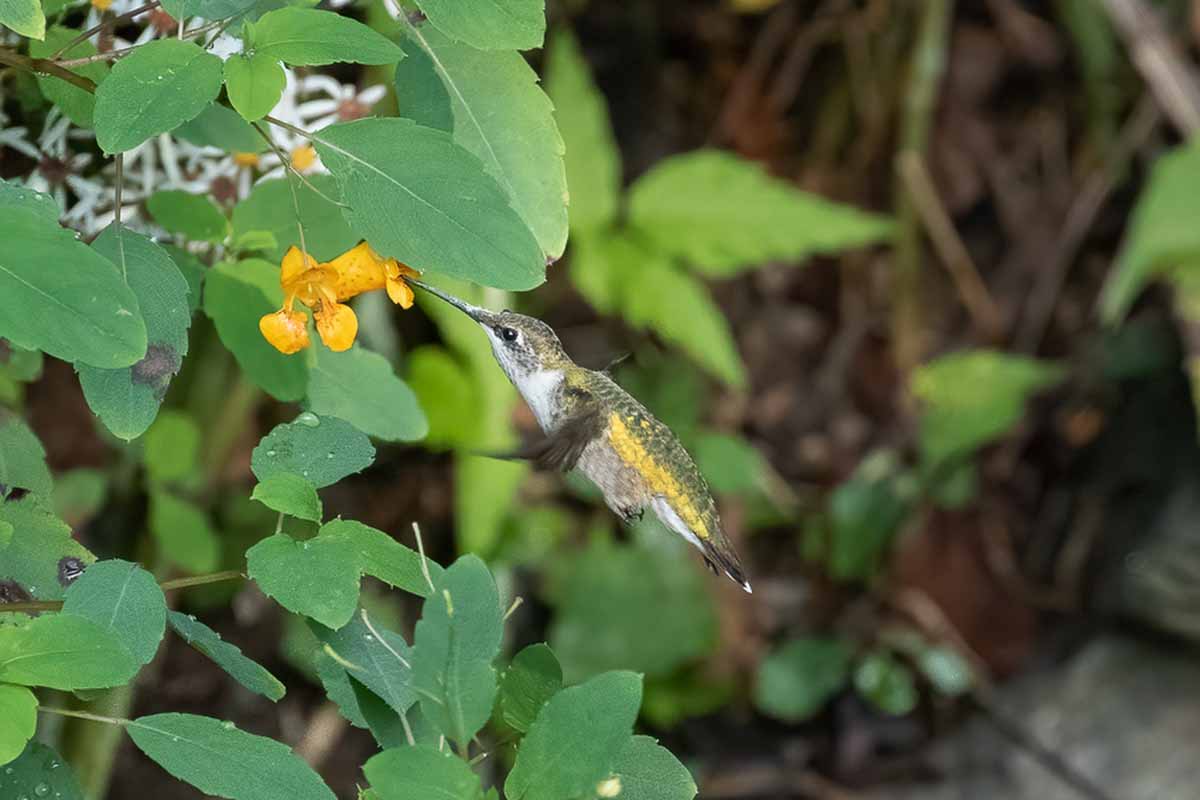Central Park Hawk Watch with Gabriel Willow, 9/30/2021
Registrar: Miriam Rakowski
Participants: 20
Weather: Partially cloudy, 64 degrees, NNW winds 7-8 mph
Bird Species: 36
The steps of Belvedere Castle in Central Park served as the amphitheater for our first ever Linnaean Hawk Watch in Central Park. We had modest expectations.
As it turned out, however, we felt “blown away” by the excitement of the event. During the 135 minutes of our watch, we saw over 1,000 Broad-winged Hawks and 11 Bald Eagles fly over. They soared, sailed, and seemed to effortlessly glide past us, caught in the thermals and wind currents.
We hear about these great migrations, we read about them, and some of us had seen them before. However, this watch brought us closer than ever before to the spectacle of migration: hundreds of raptors floating by, in front of our very eyes.
Even without the raptors, it would have been a good day for birding from our perch by the Castle.
Species Lists
Birds
Canada Goose
Northern Shoveler
Mallard
Rock Pigeon
Mourning Dove
Chimney Swift
Ring-billed Gull
Herring Gull
Double-crested Cormorant
Great Blue Heron
Osprey (3)
Northern Harrier (3)
Sharp-shinned Hawk (8)
Cooper’s Hawk (3)
Sharp-shinned/Cooper’s (1)
Bald Eagle (11)
Broad-winged Hawk (1,167)
Red-tailed Hawk (6)
Hawk sp. (2)
Yellow-bellied Sapsucker
Northern Flicker
American Kestrel
Peregrine Falcon
Eastern Phoebe
Blue Jay
American Crow
Common Raven
Ruby-crowned Kinglet
Golden-crowned Kinglet
Gray Catbird
American Robin
Cedar Waxwing
House Finch
Common Grackle
American Redstart
Rose-breasted Grosbeak
Butterflies
Monarch
Odonates
Saddlebag sp.
Dragonfly sp.
